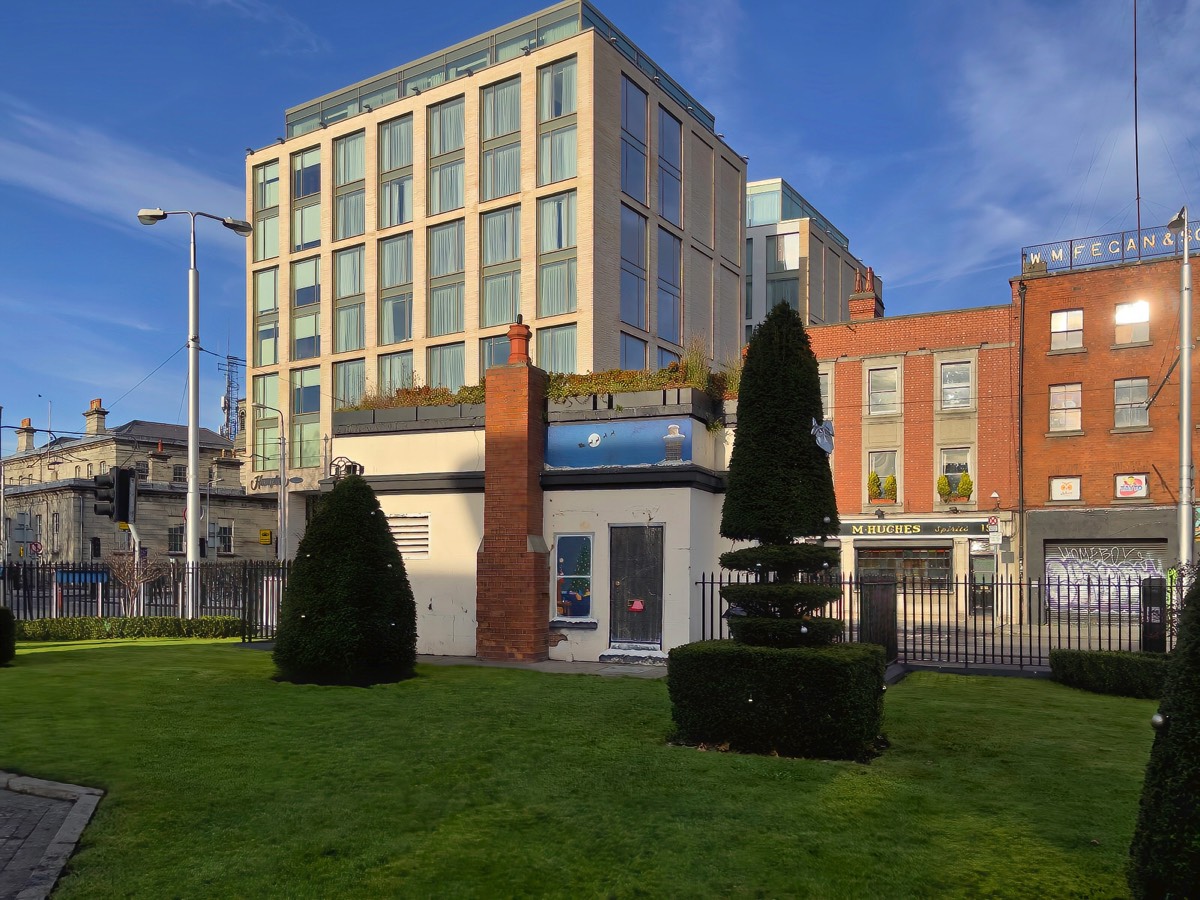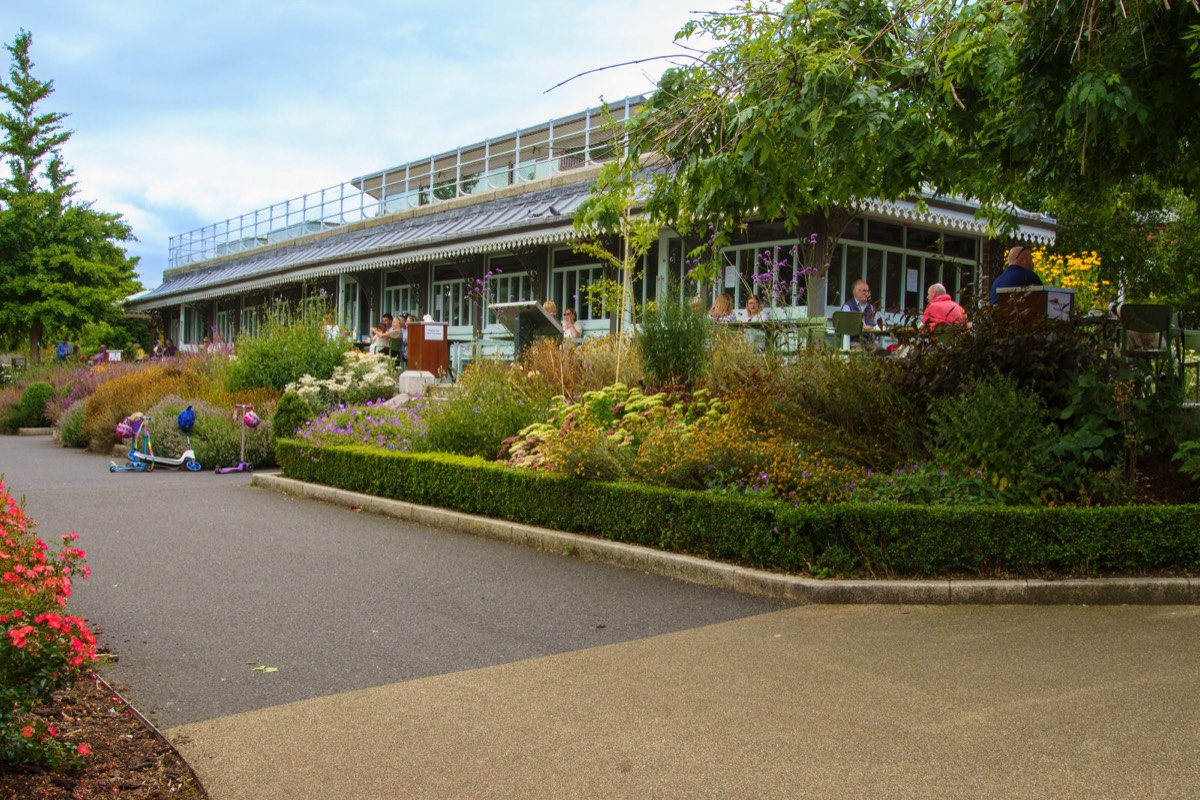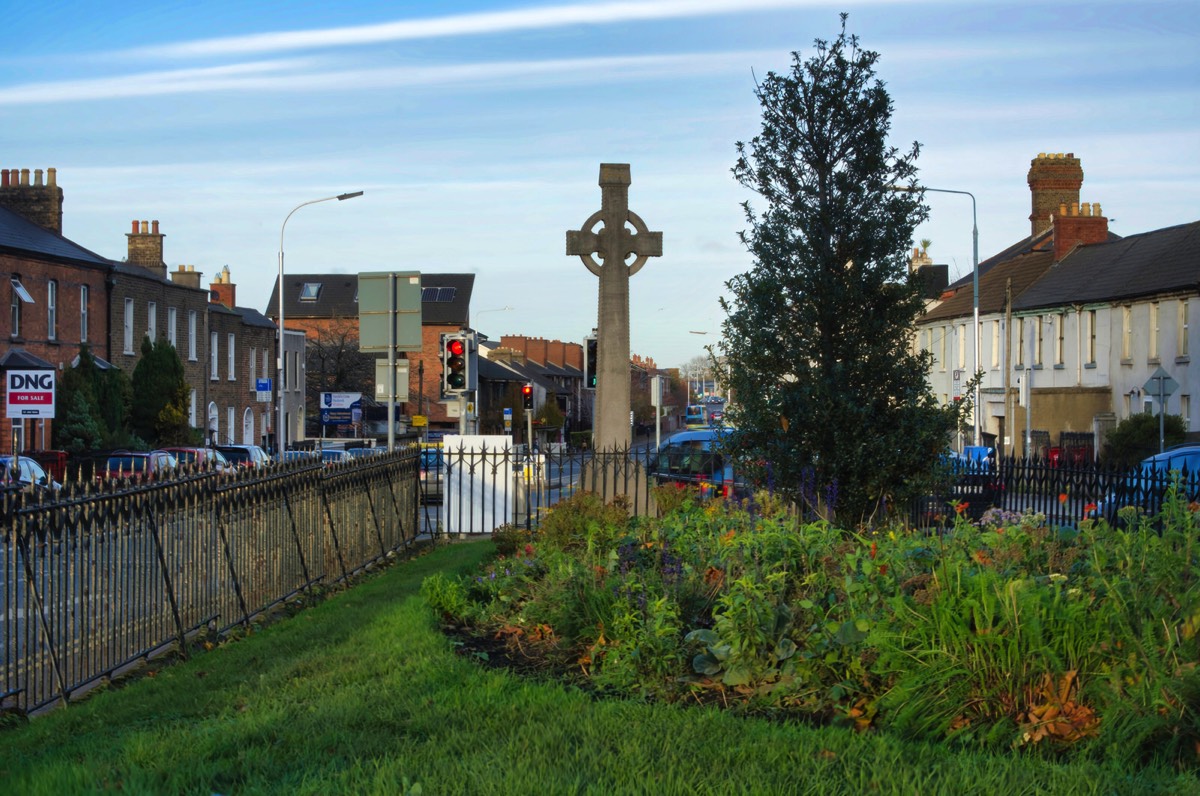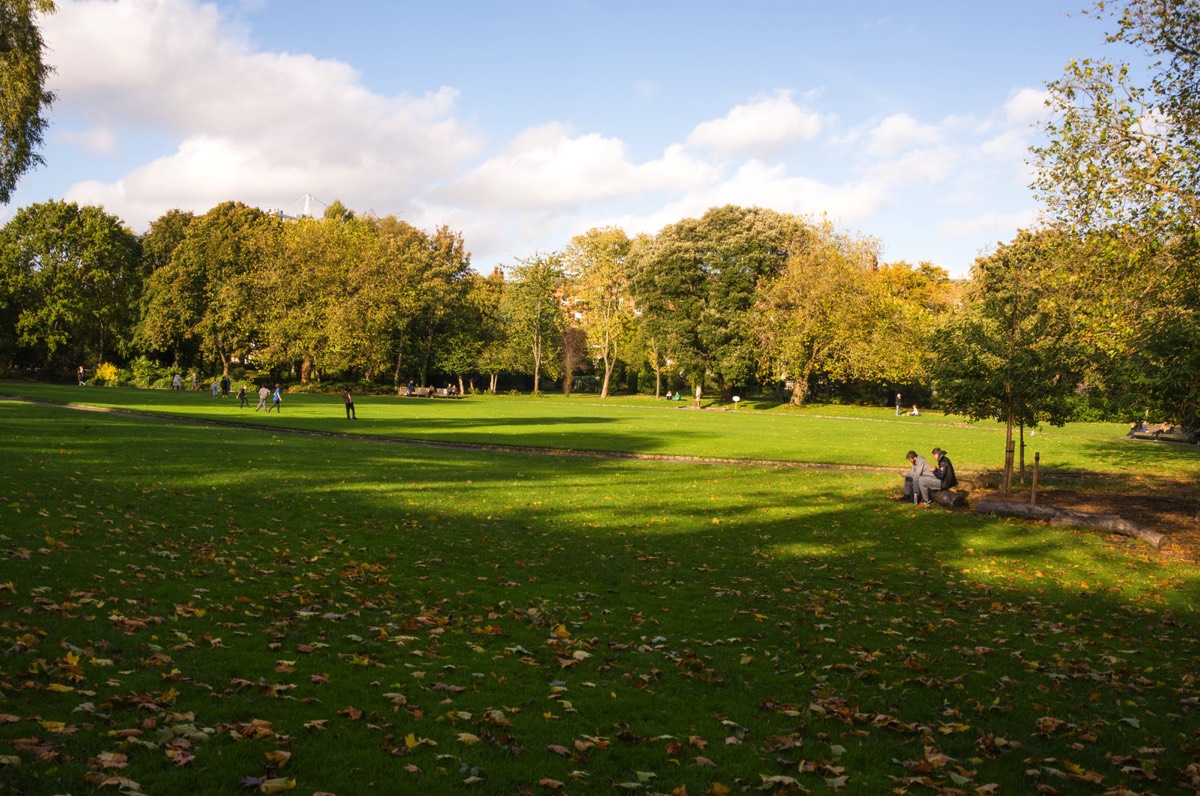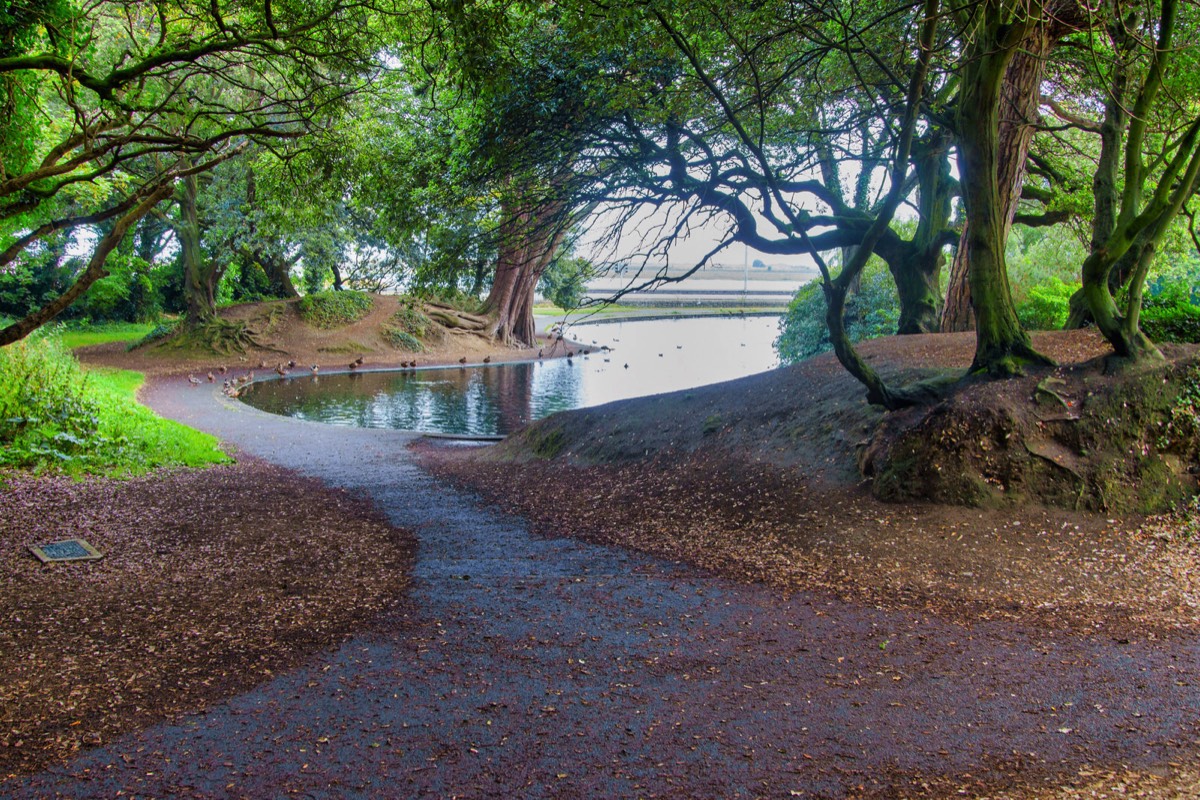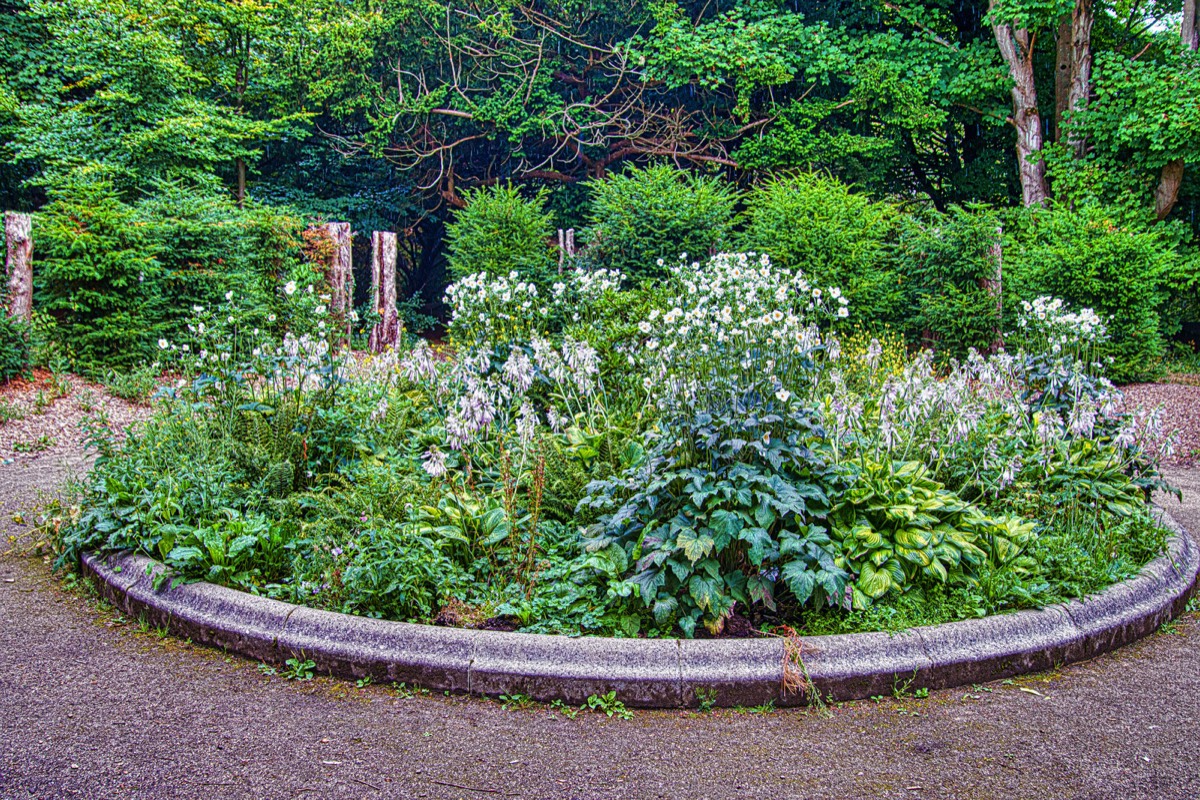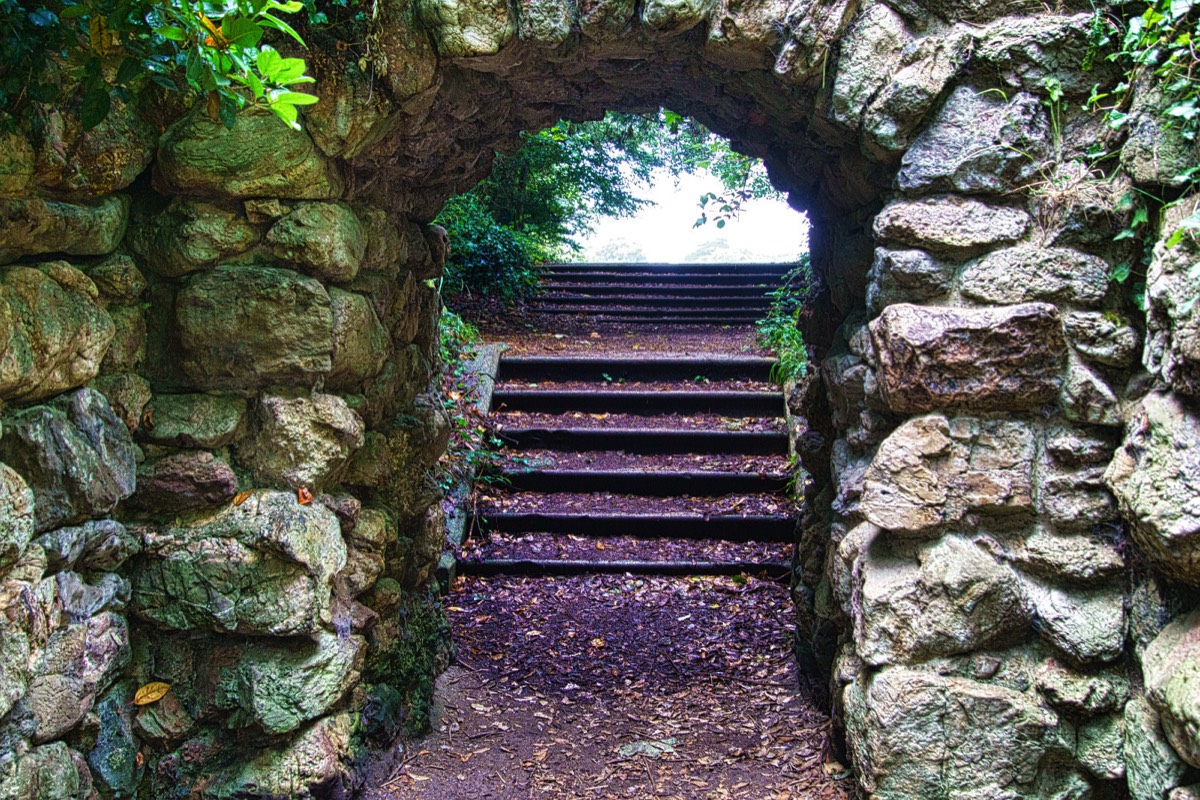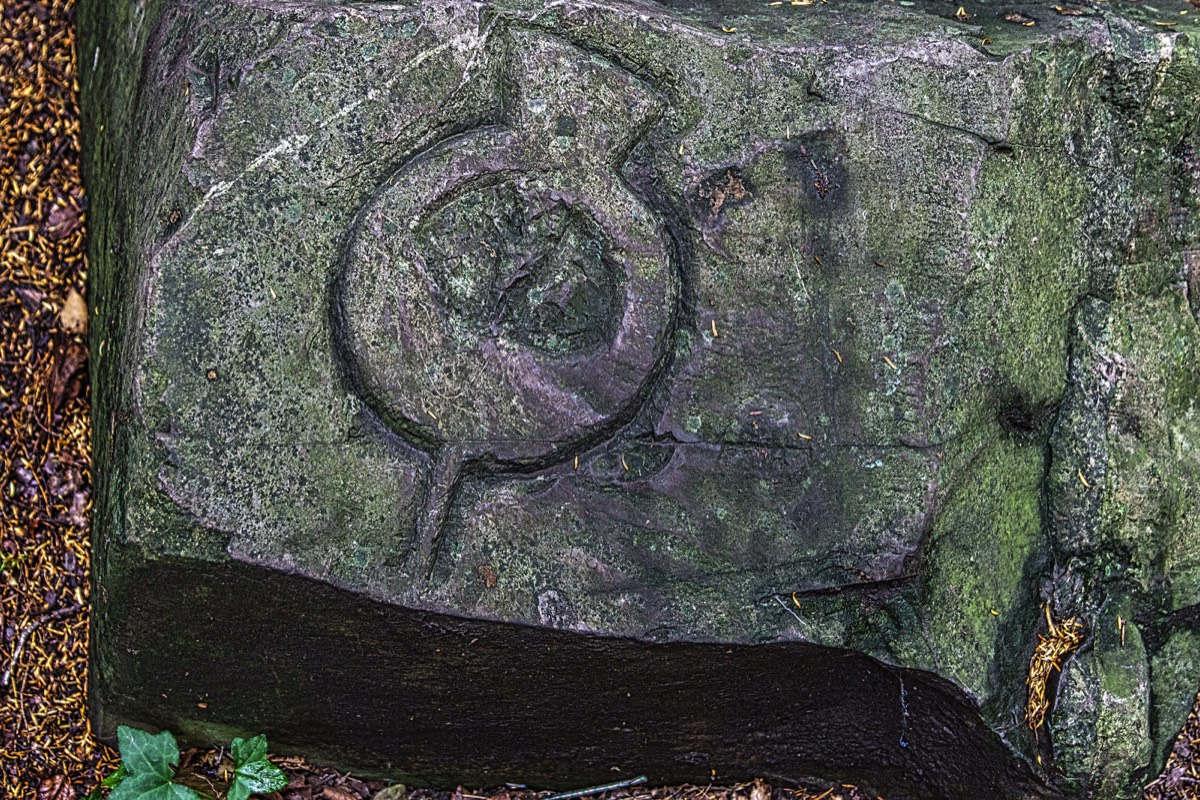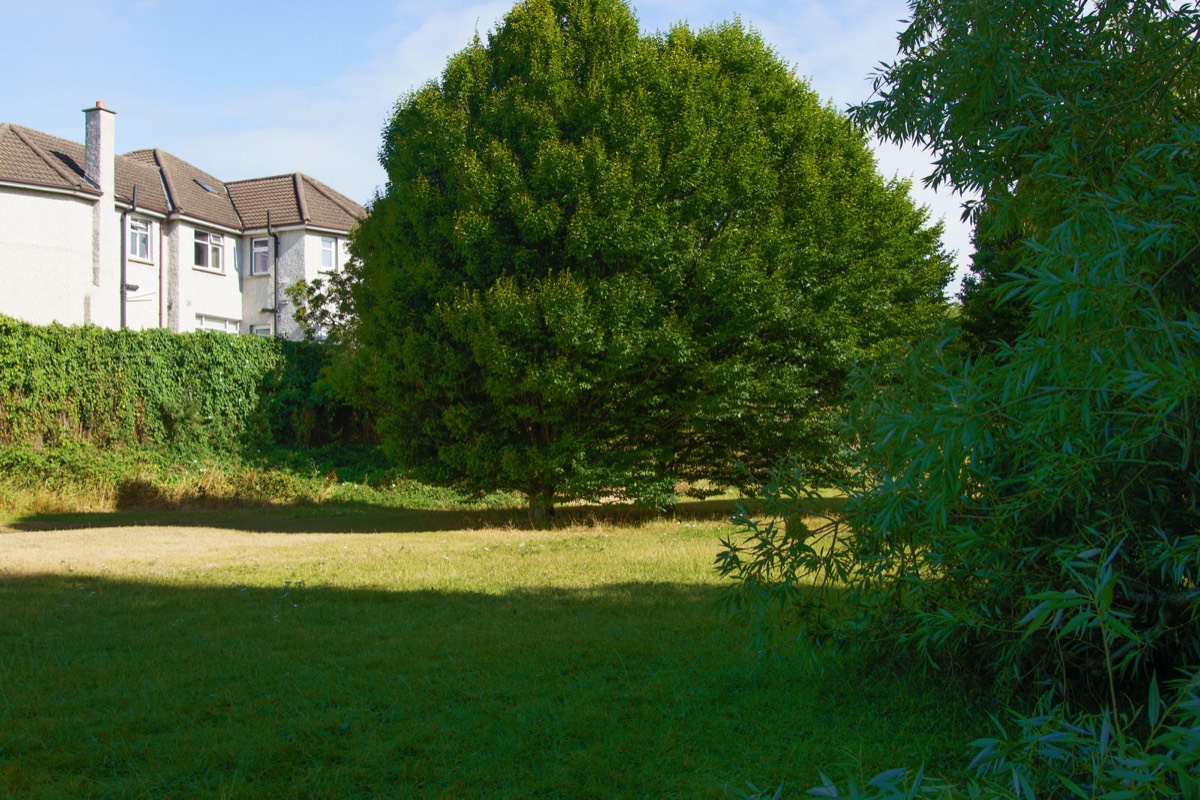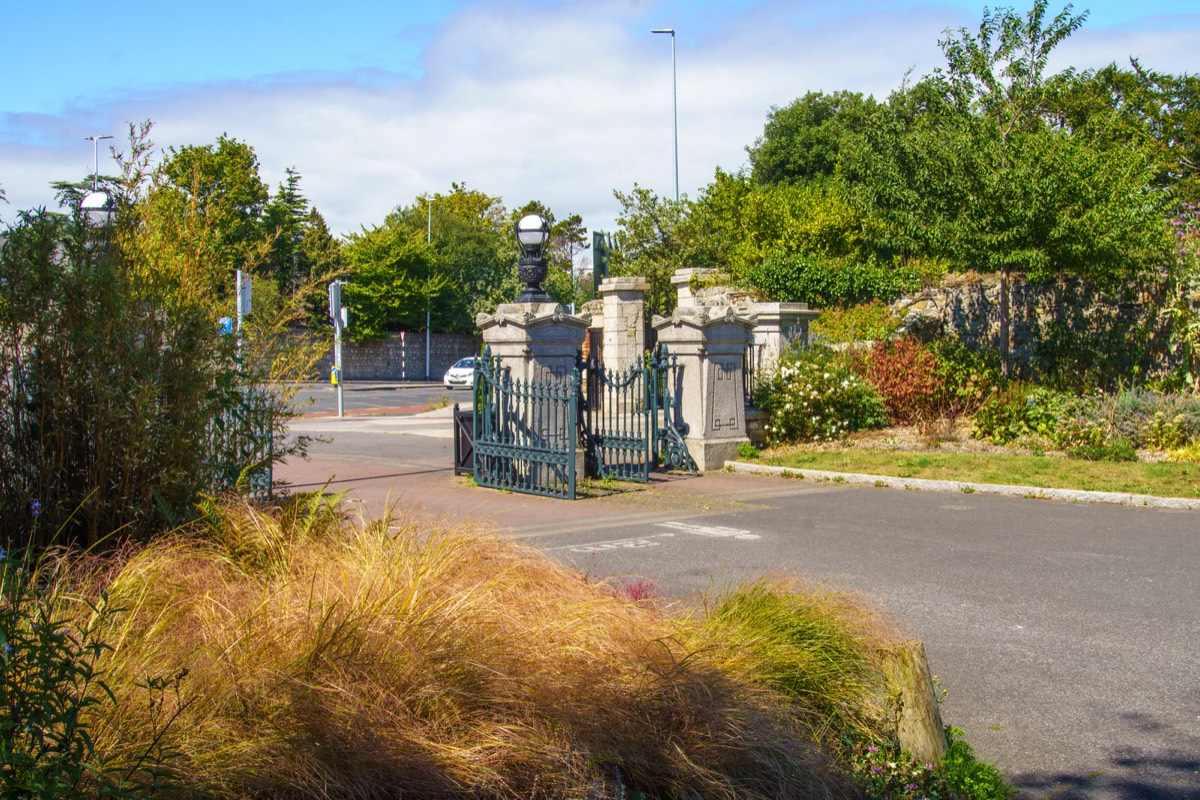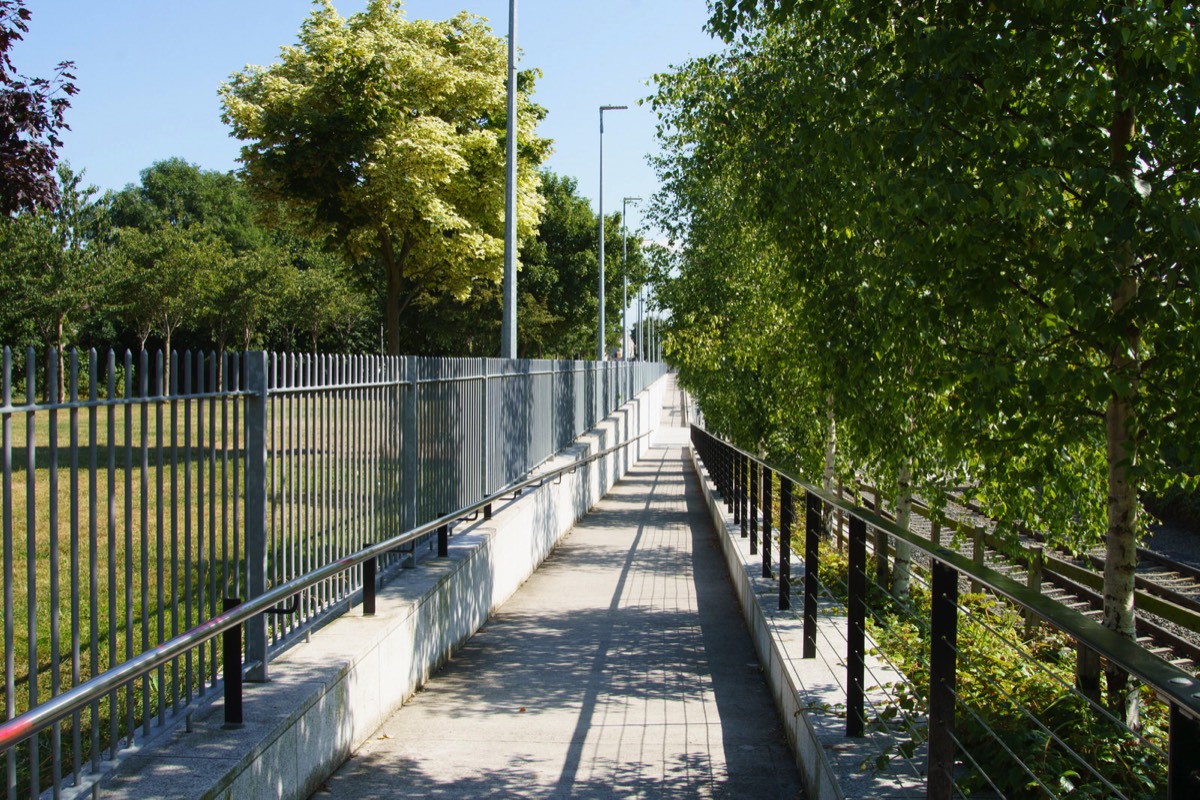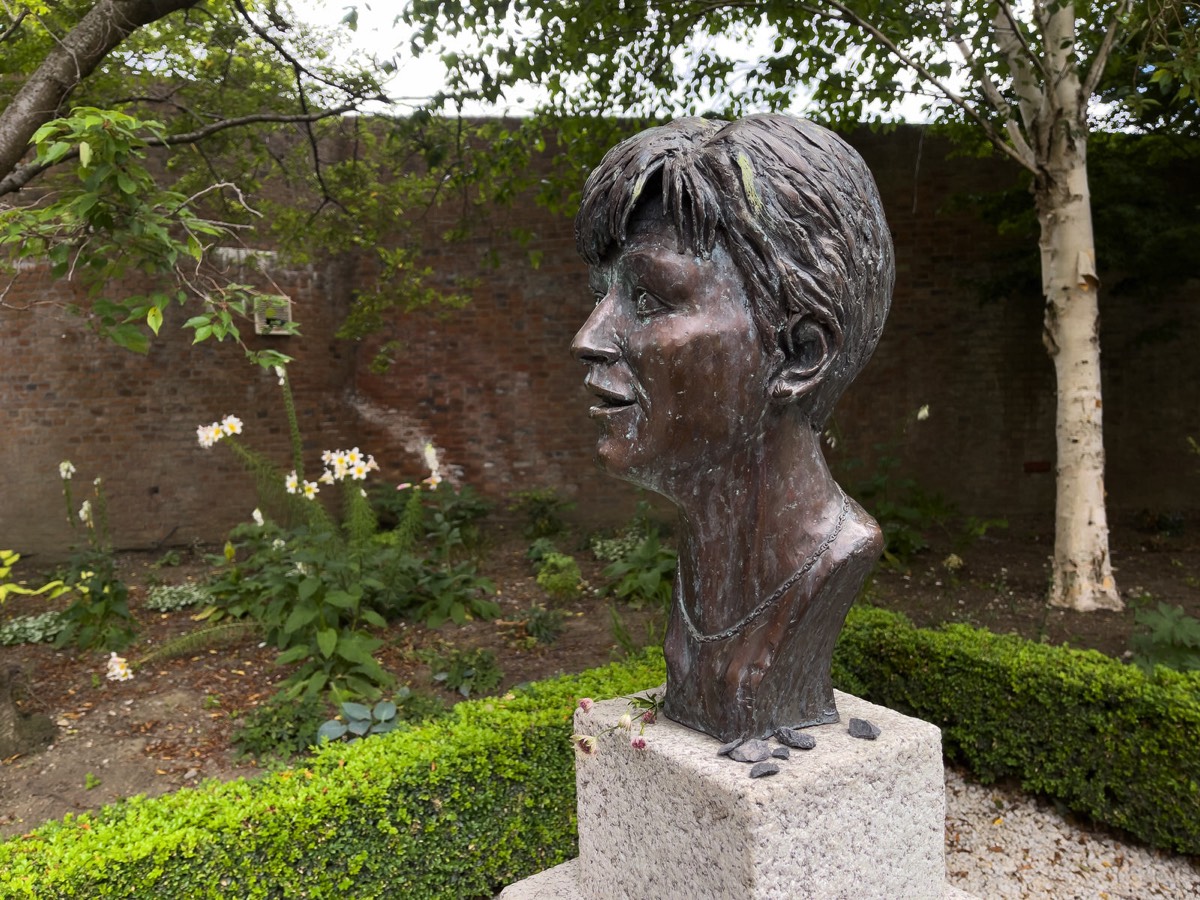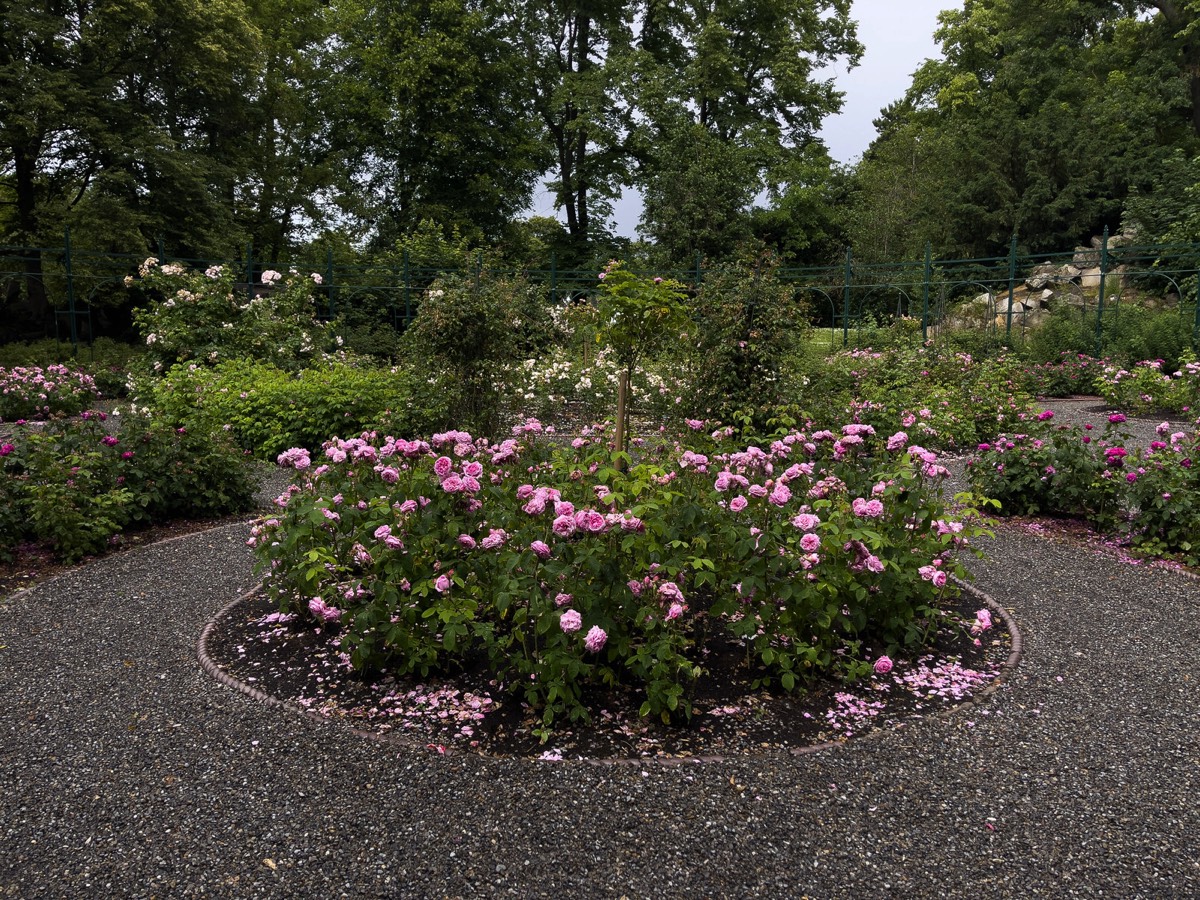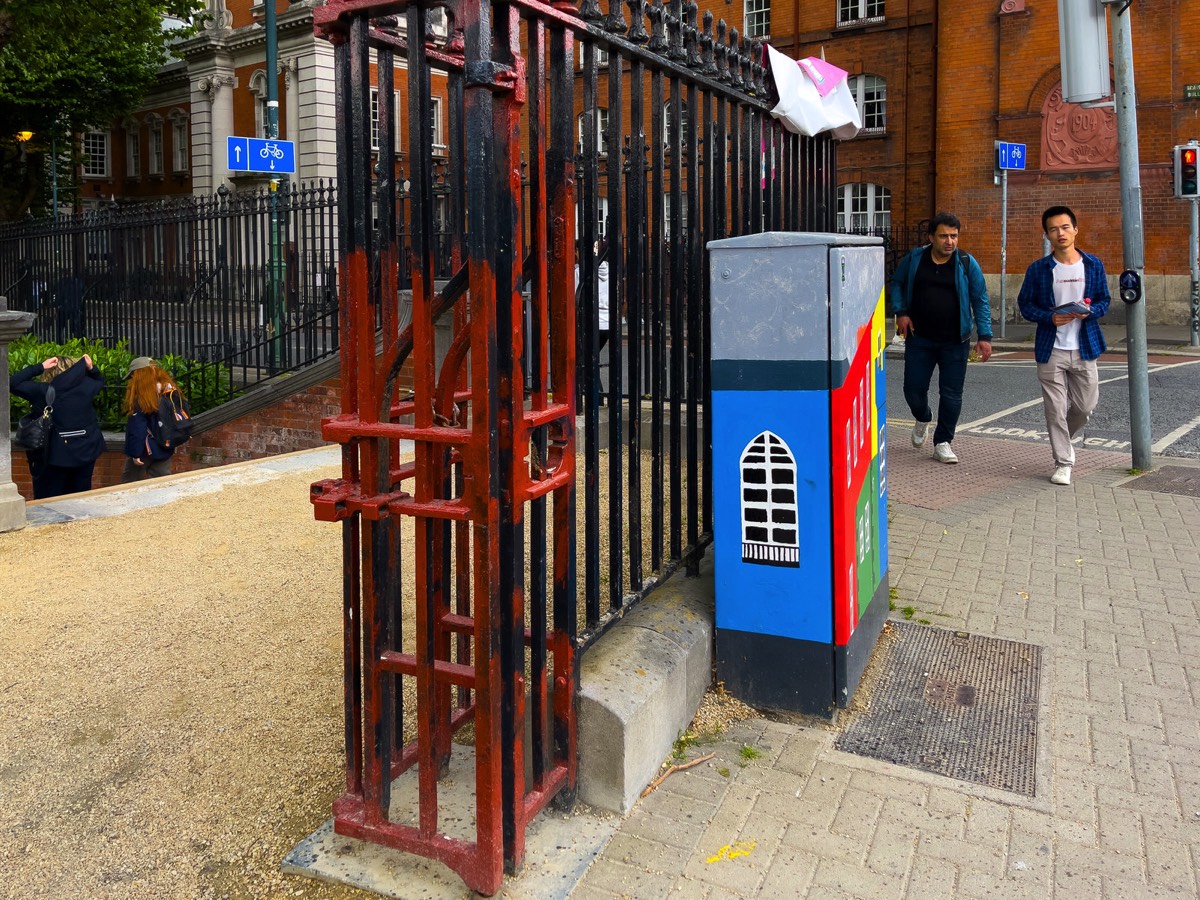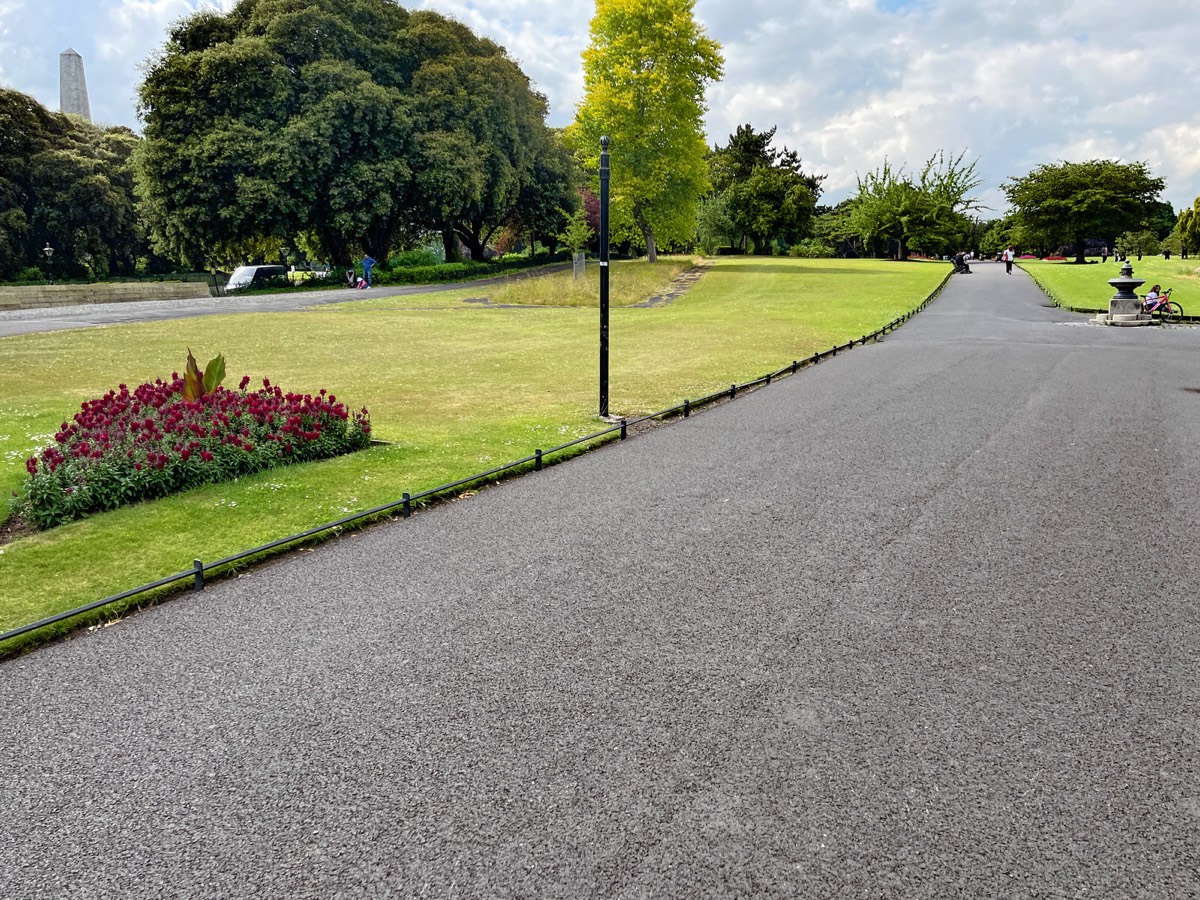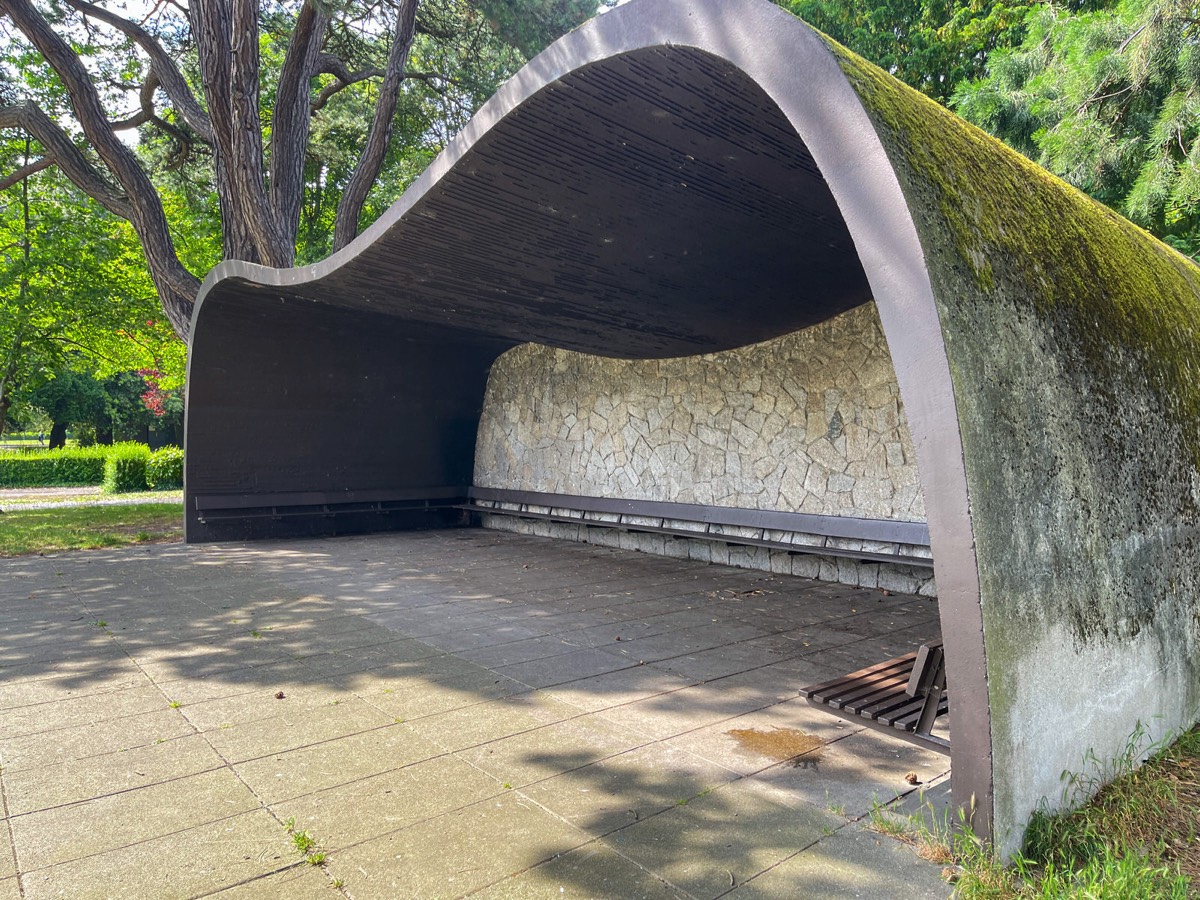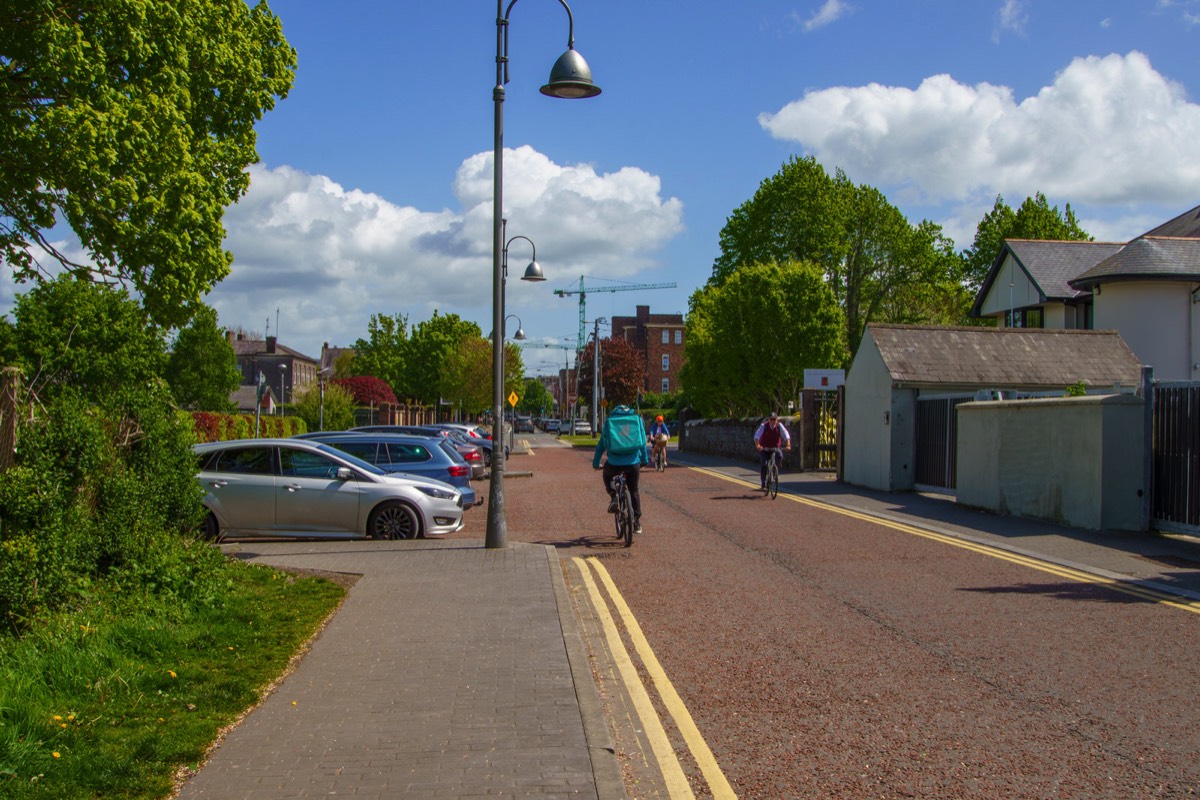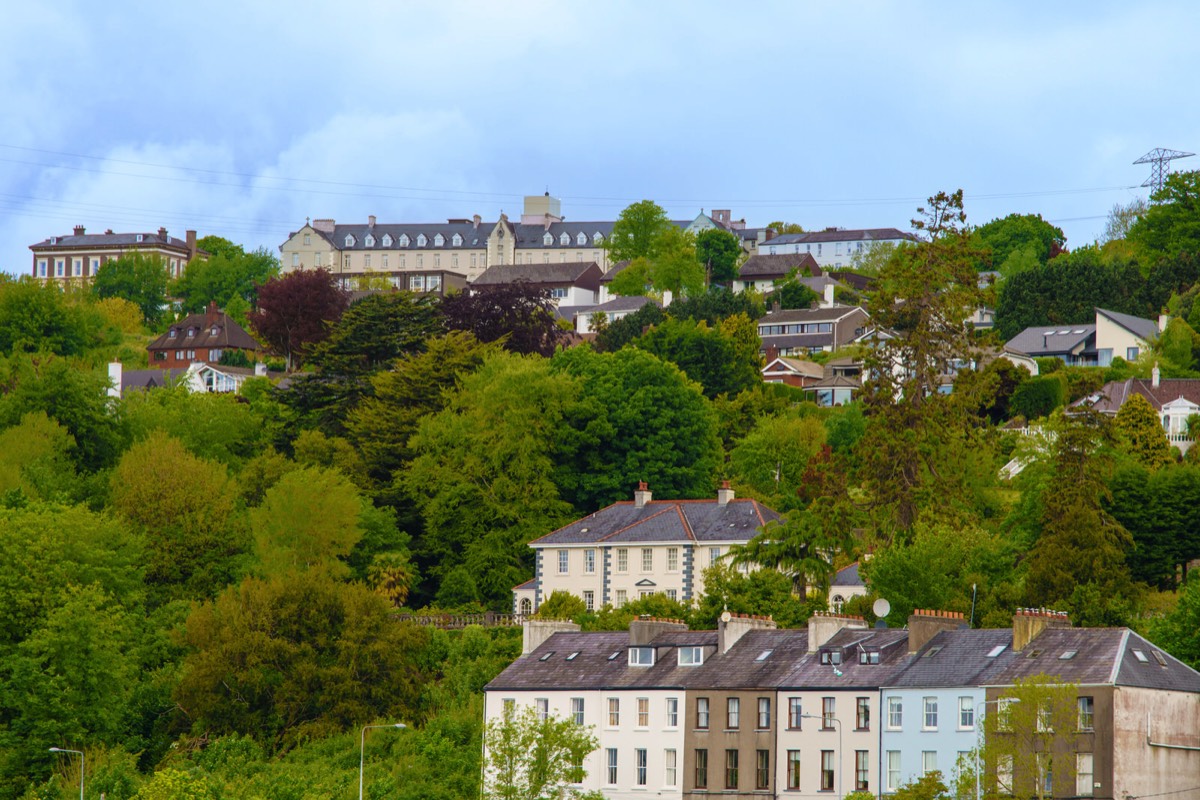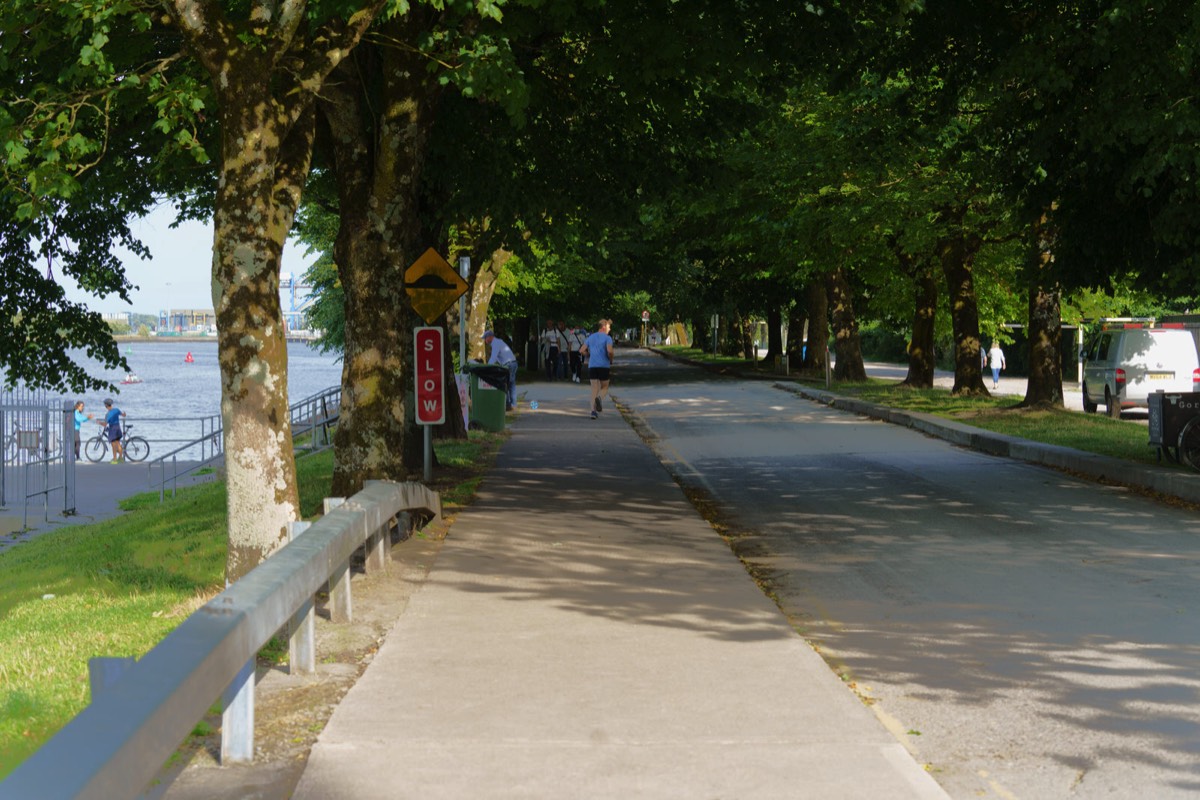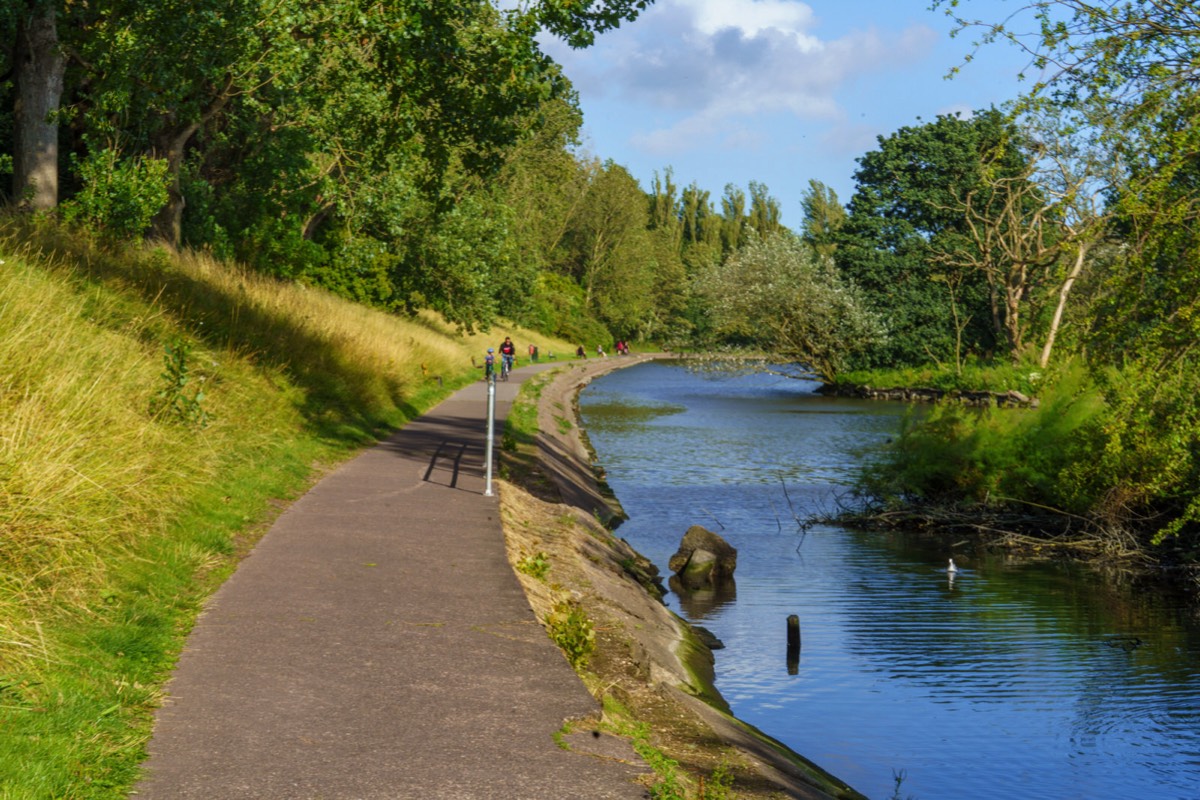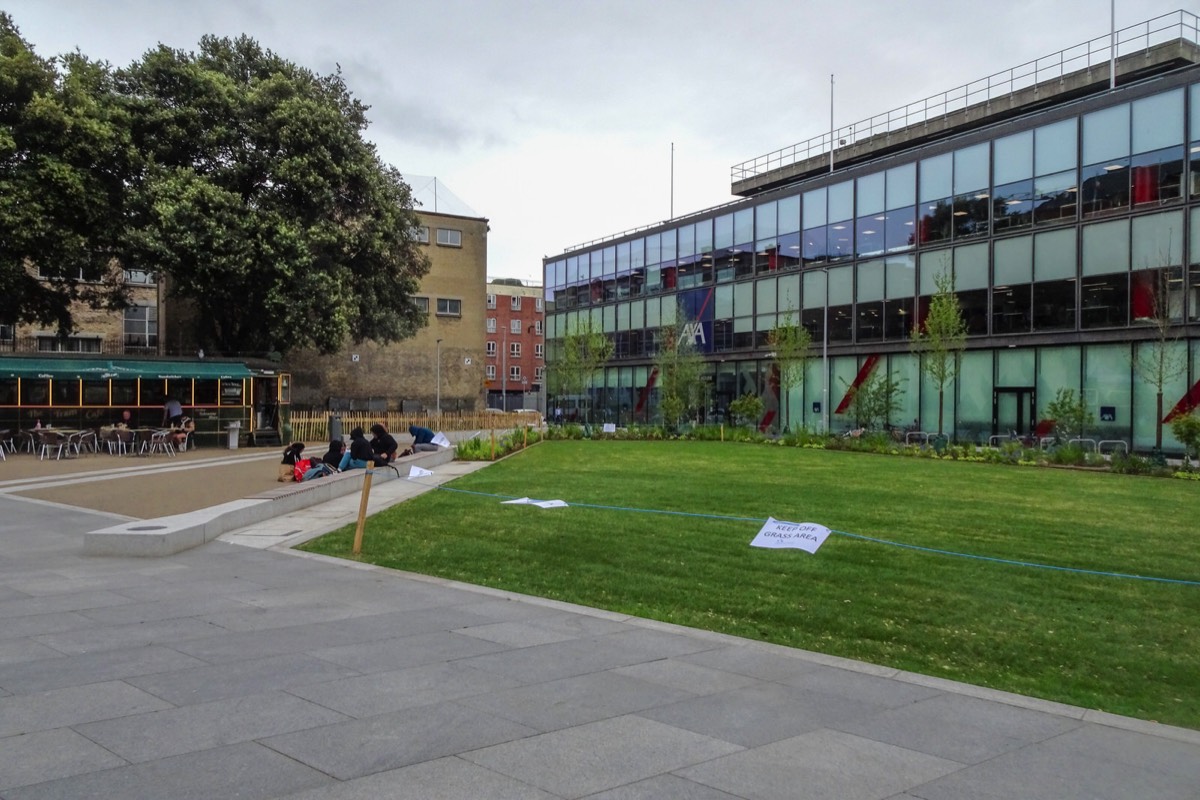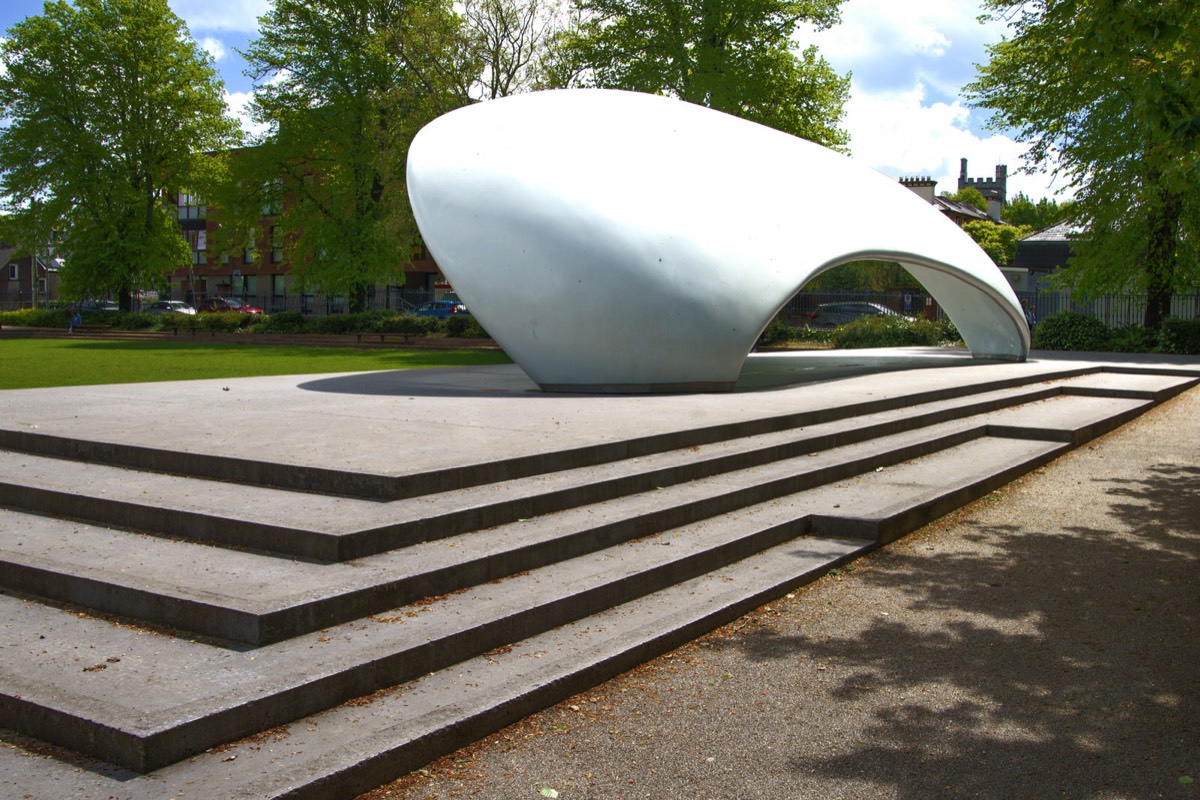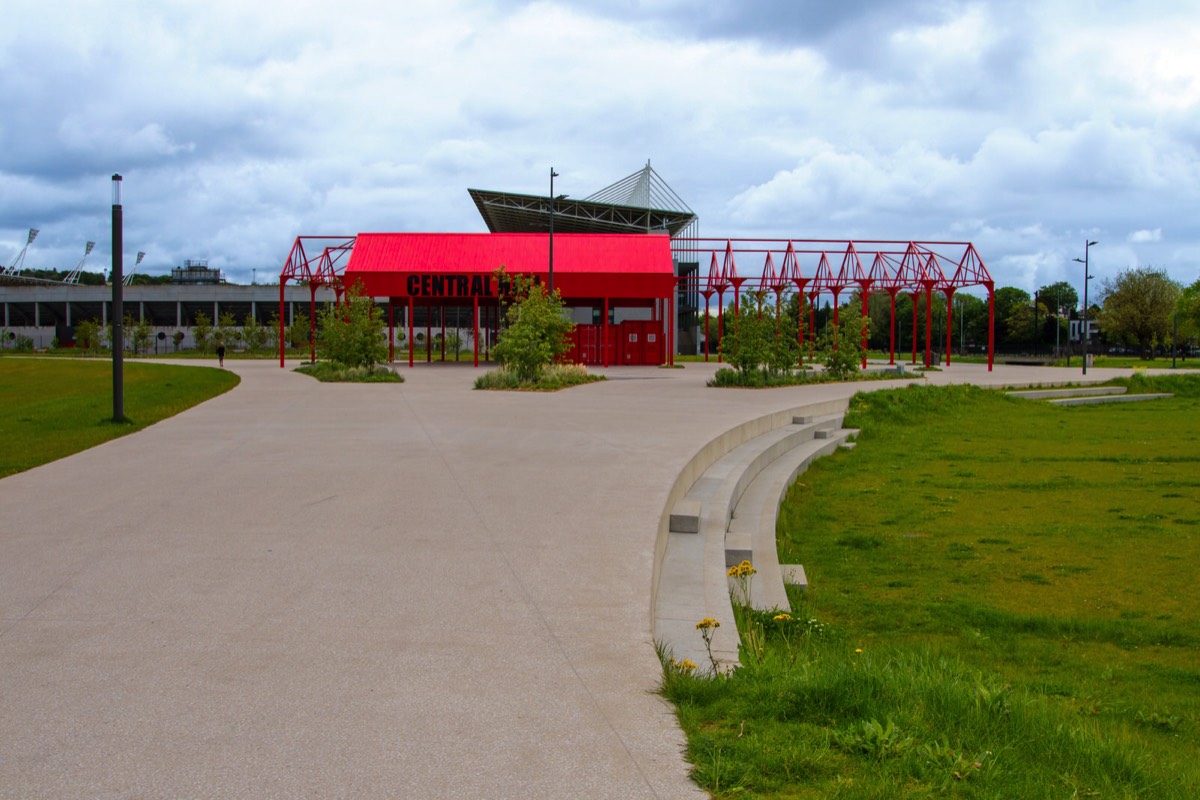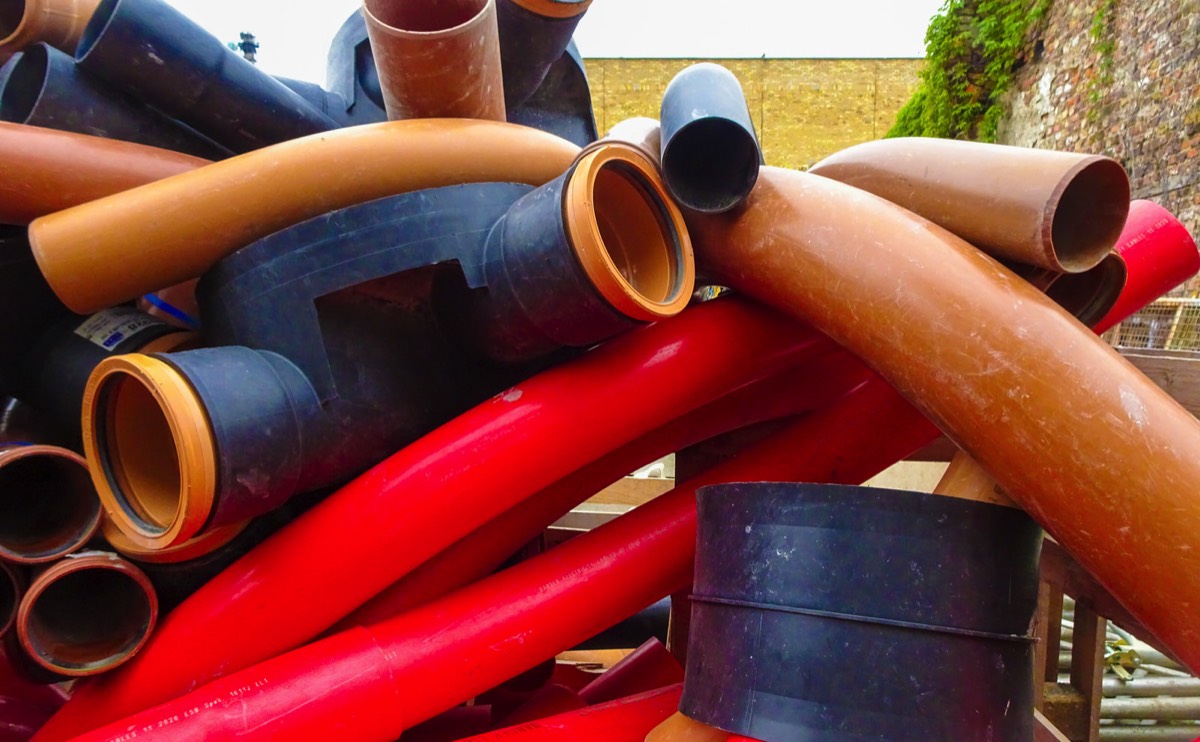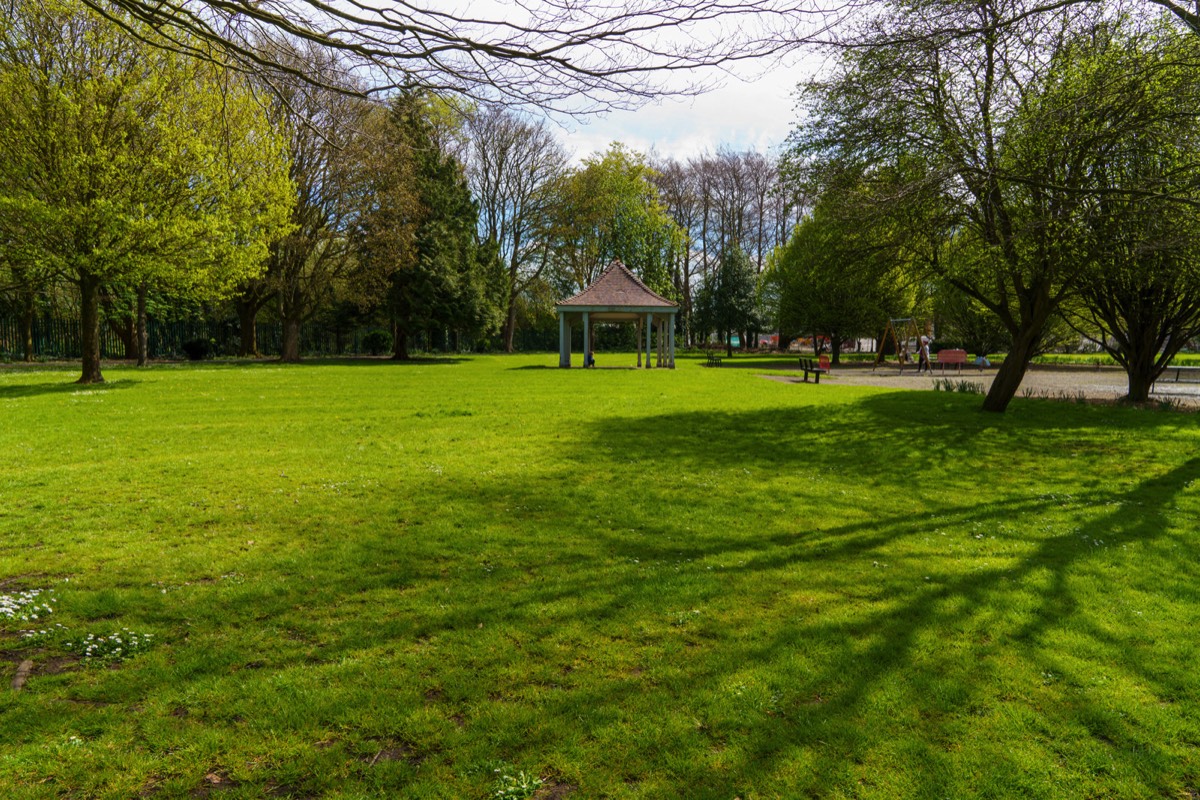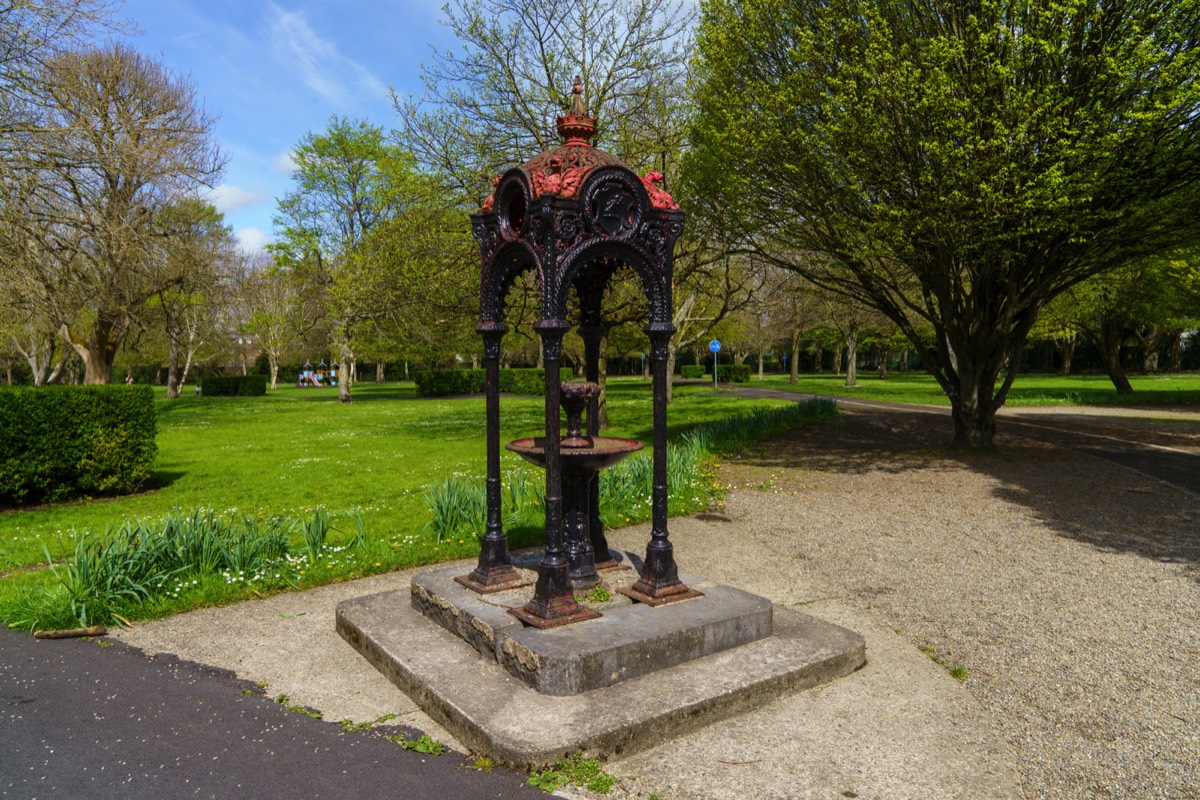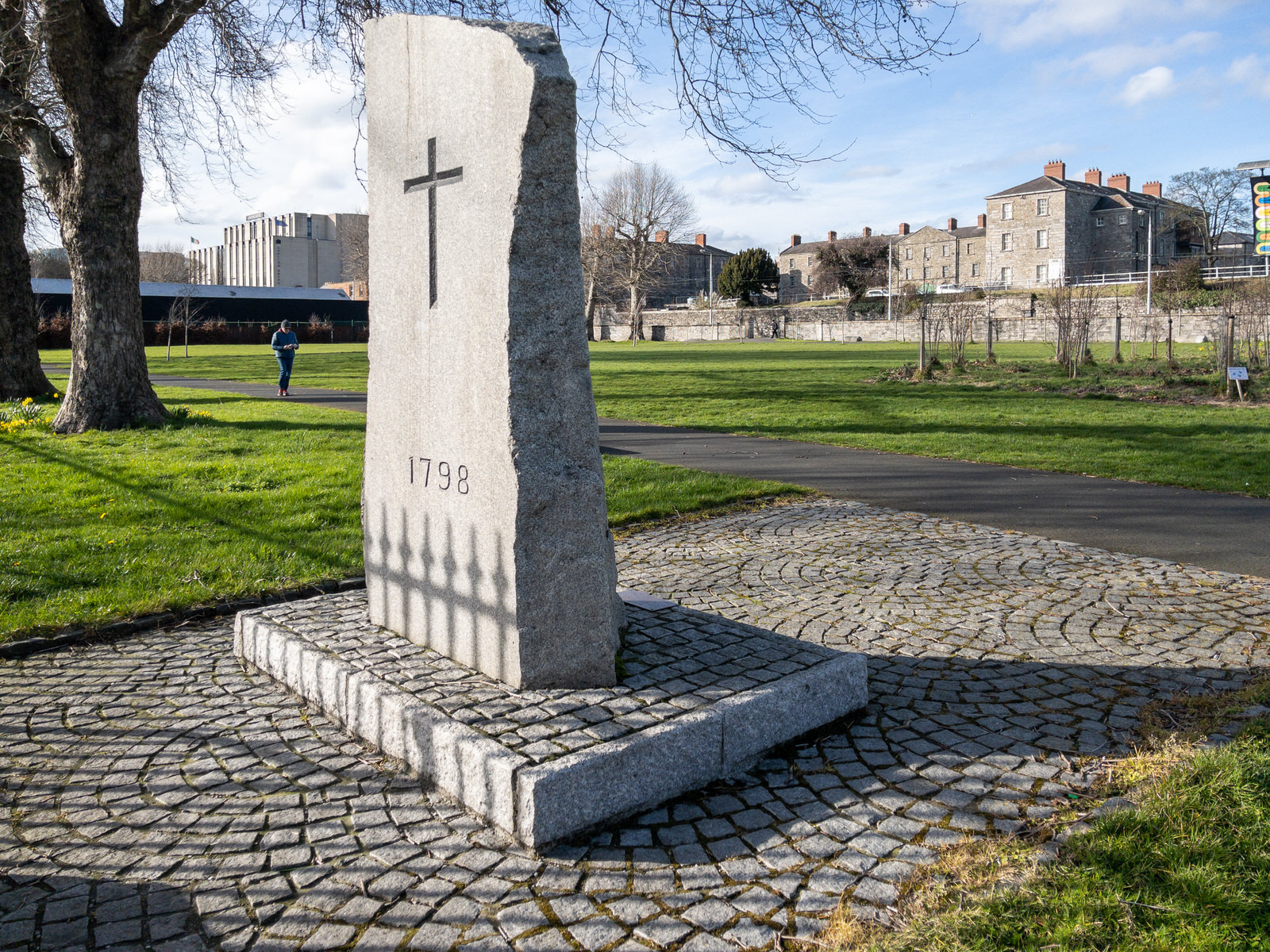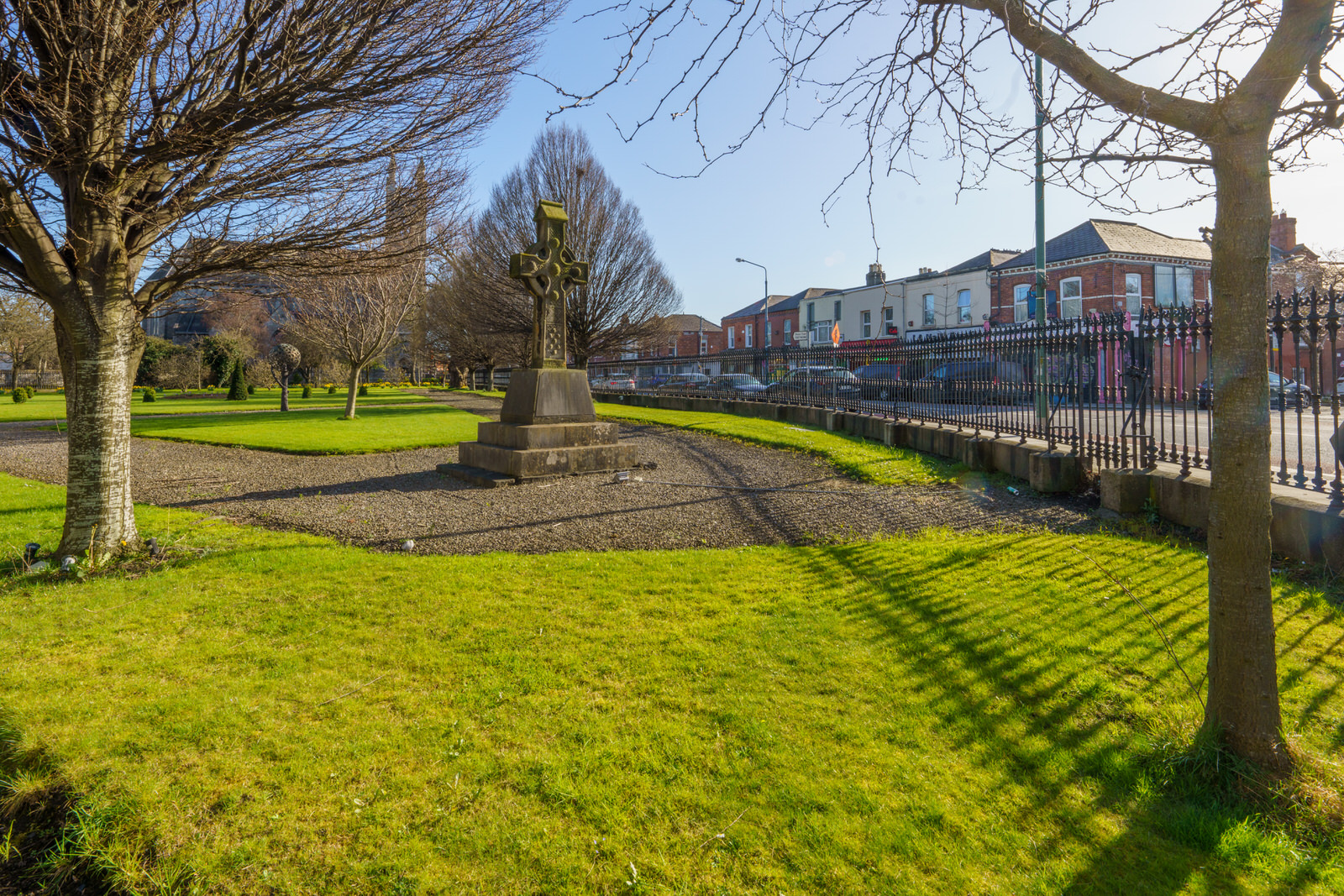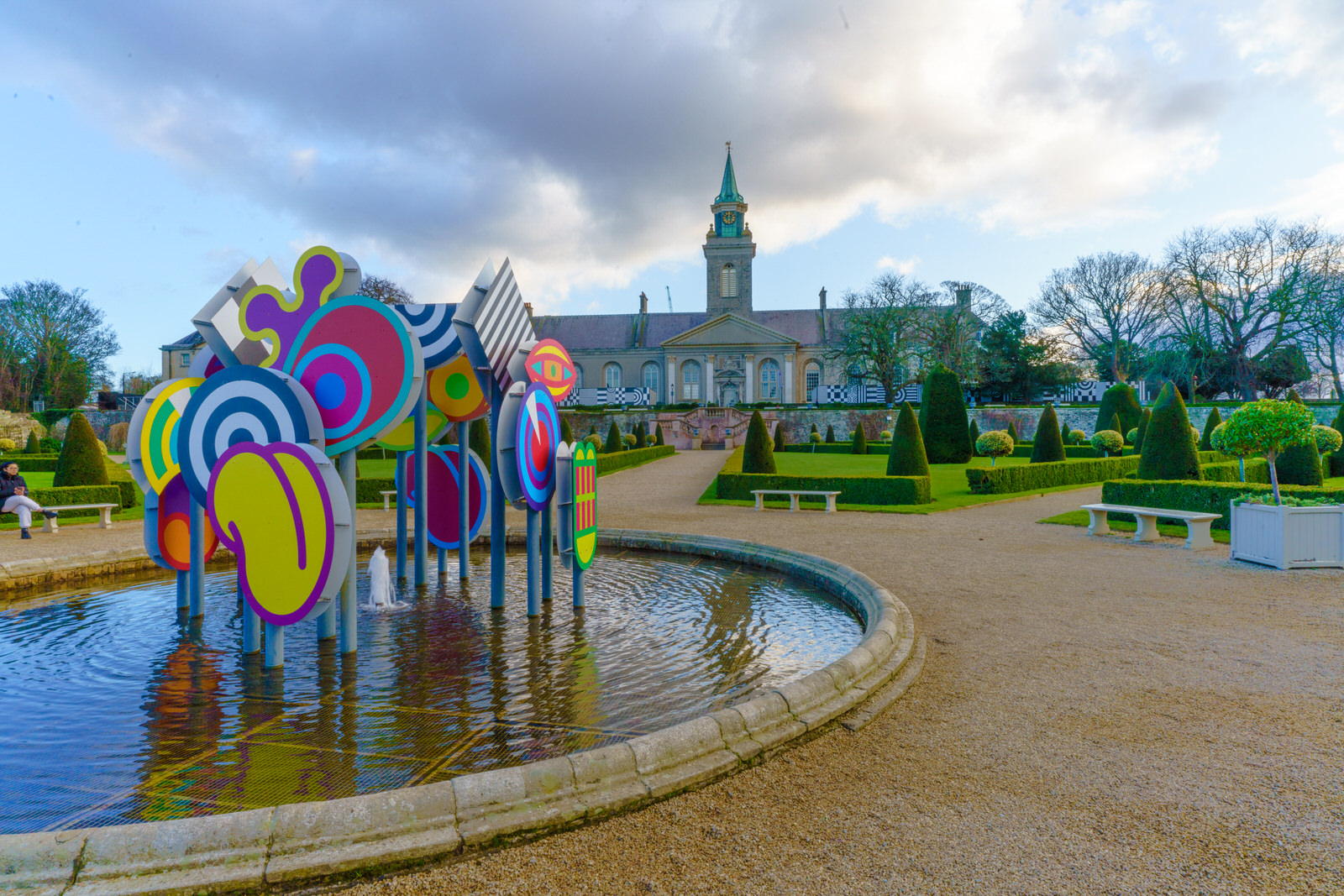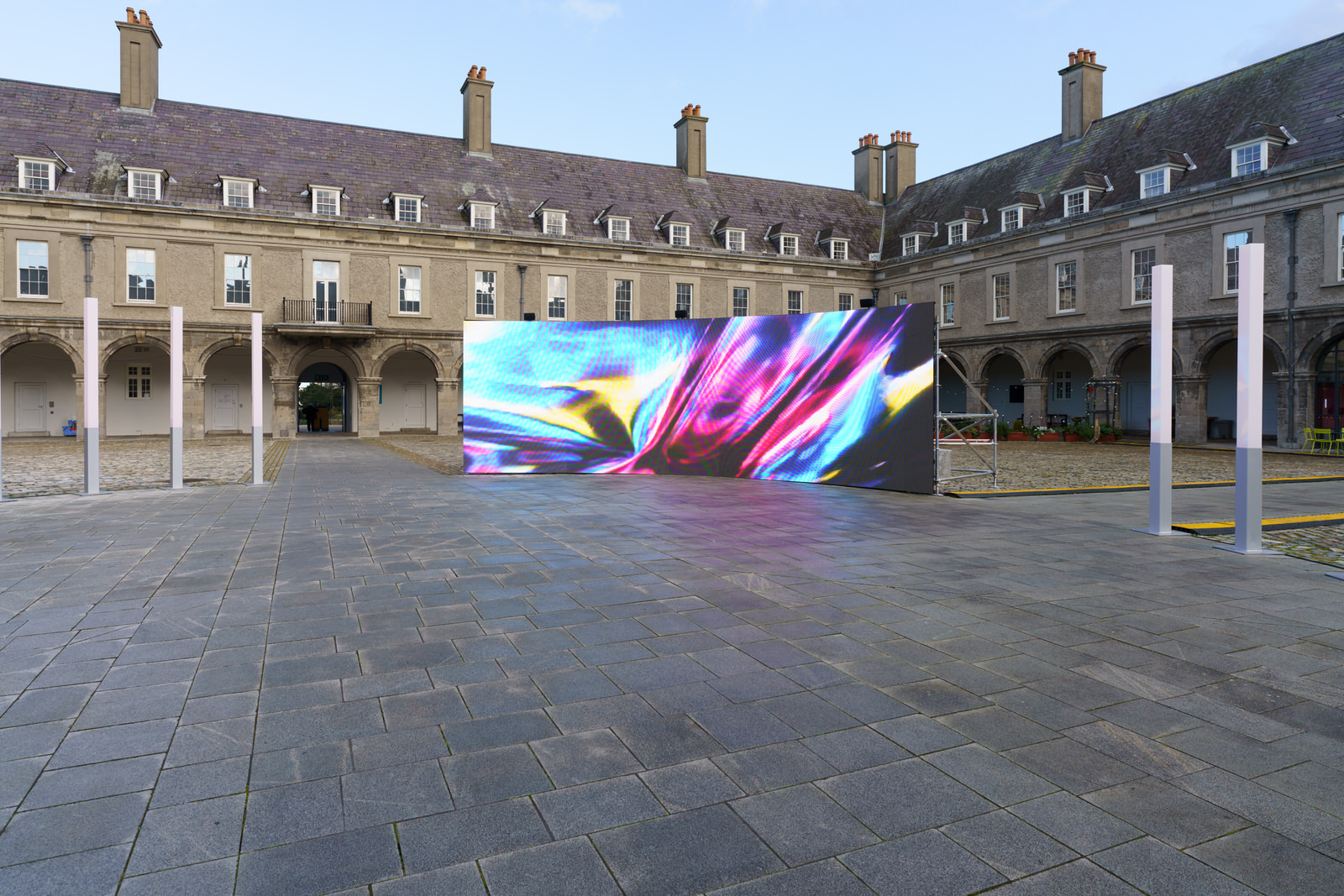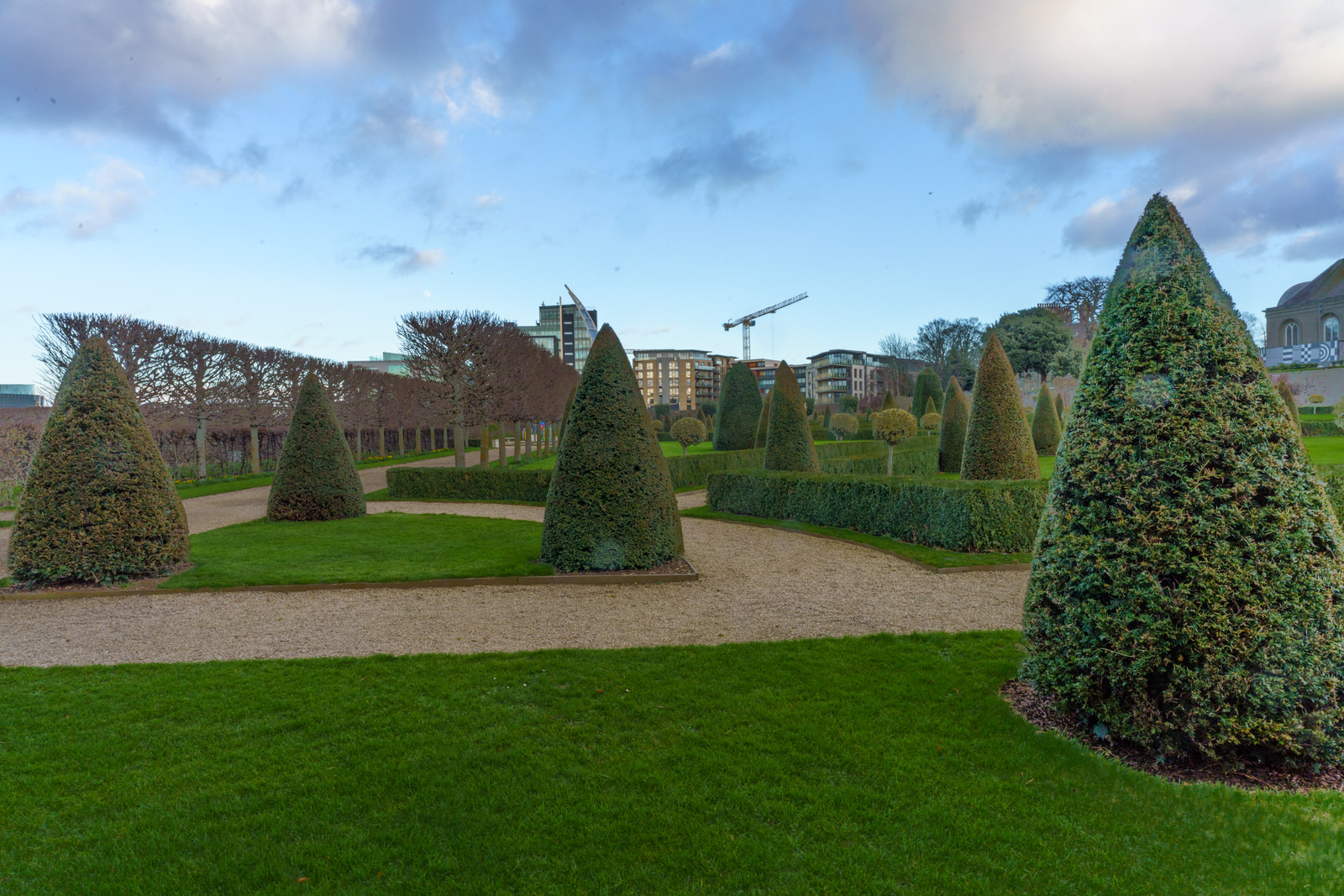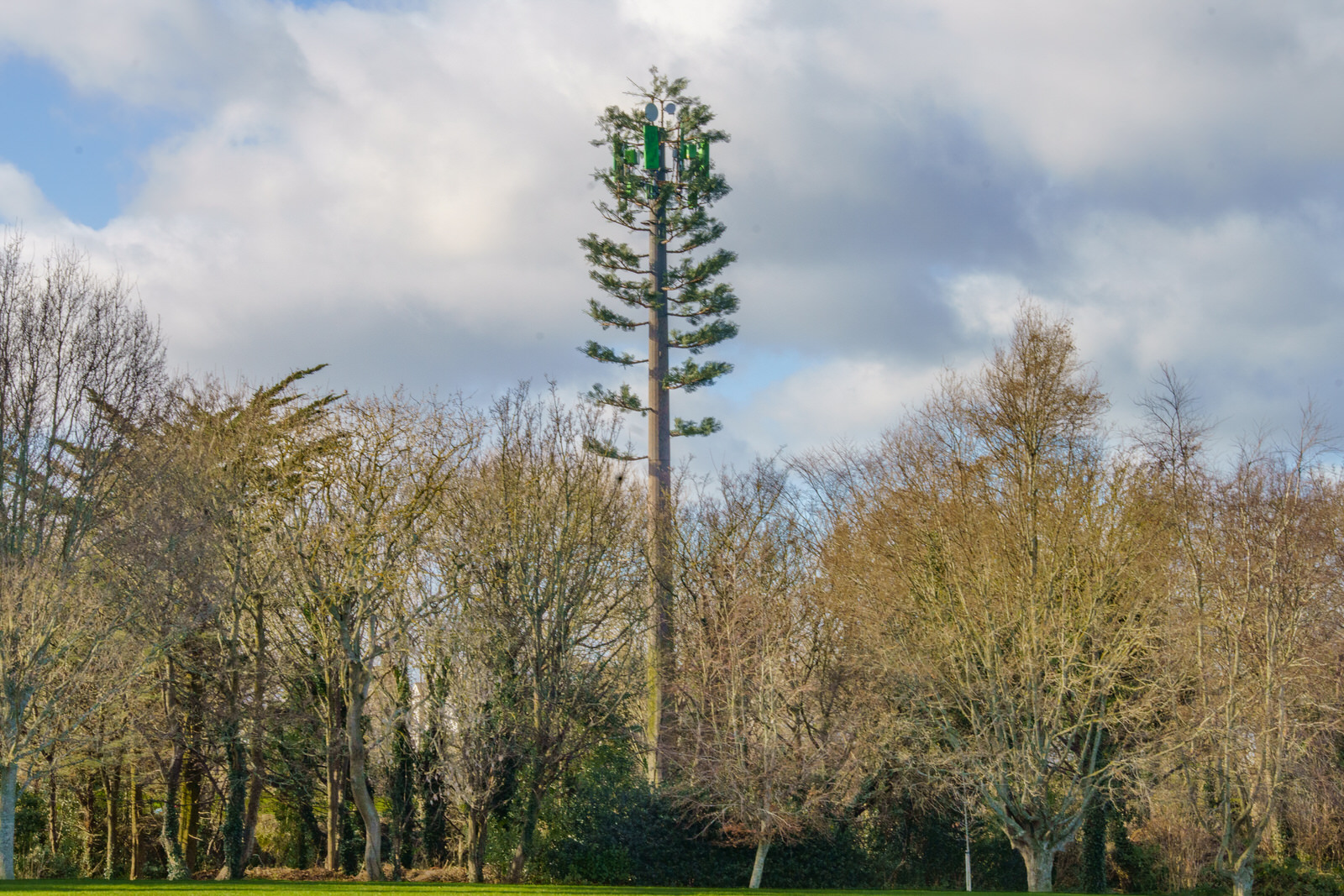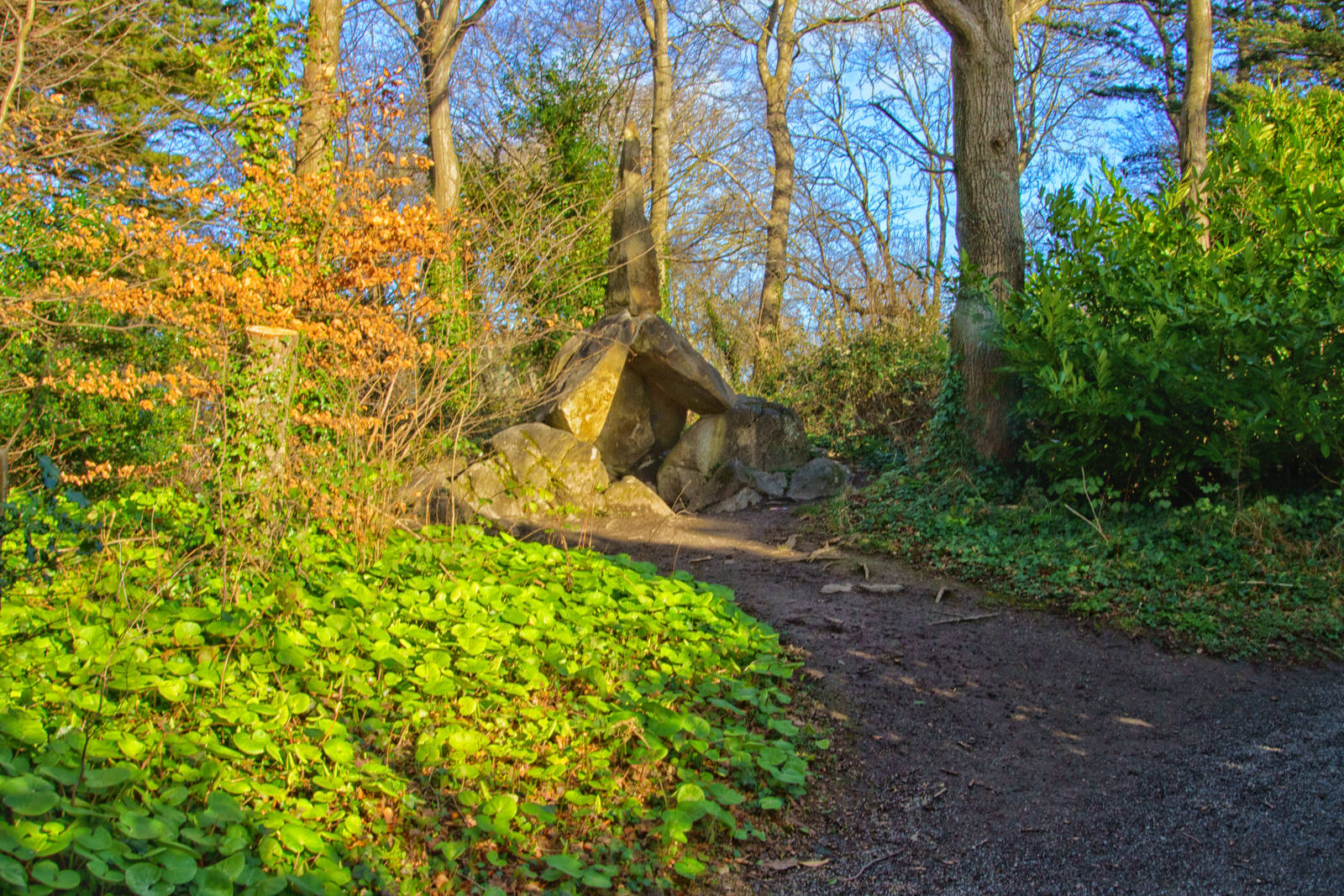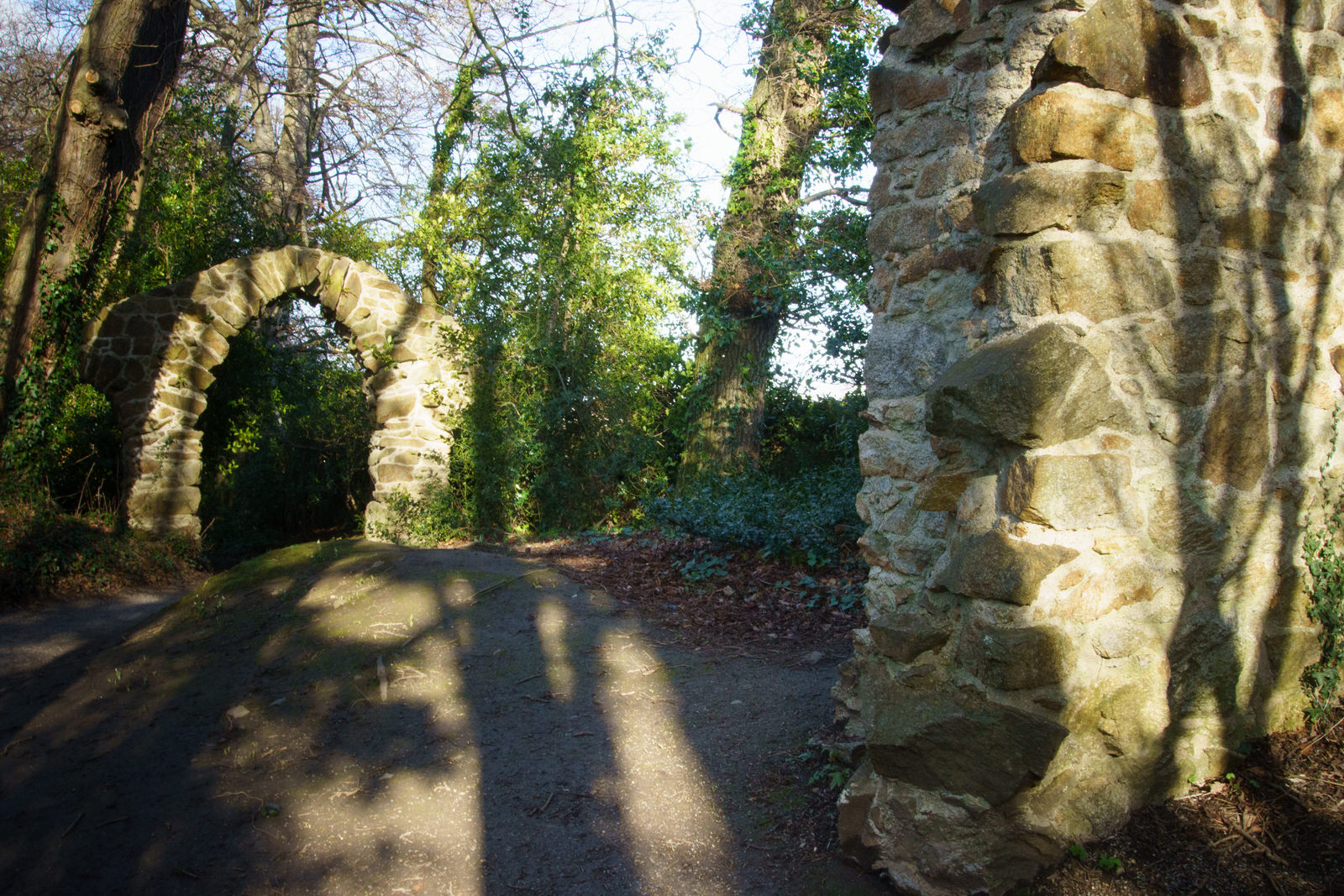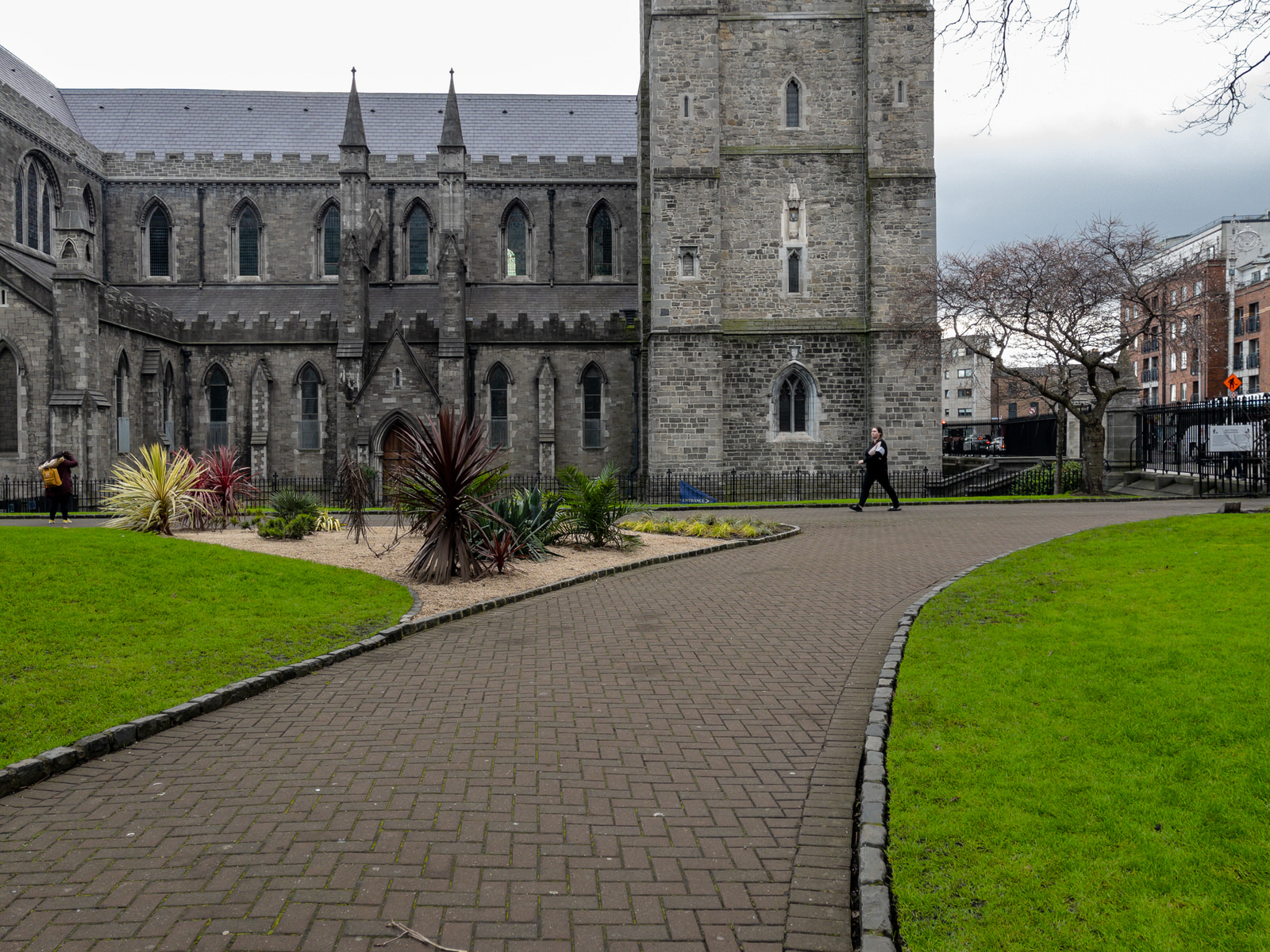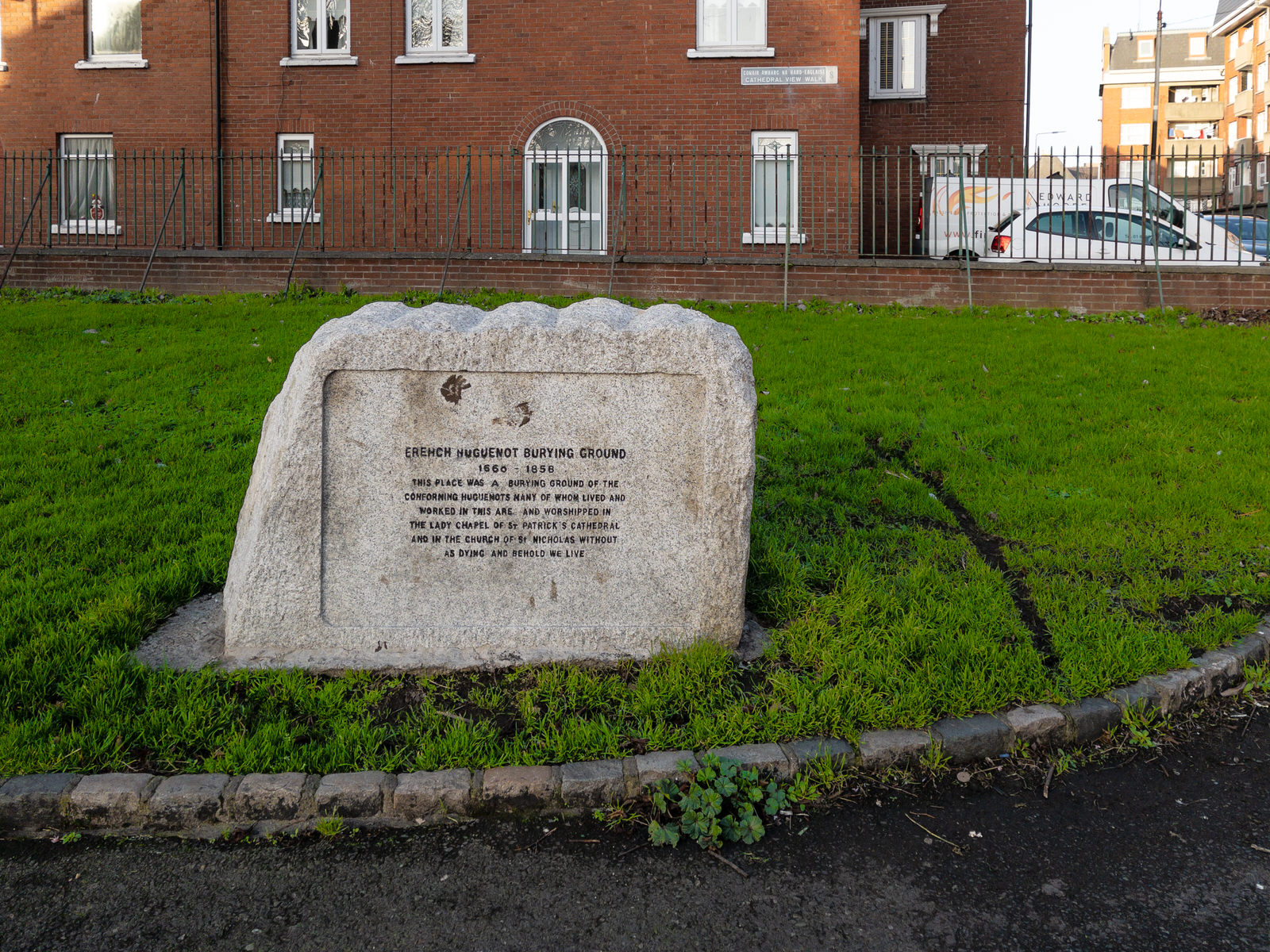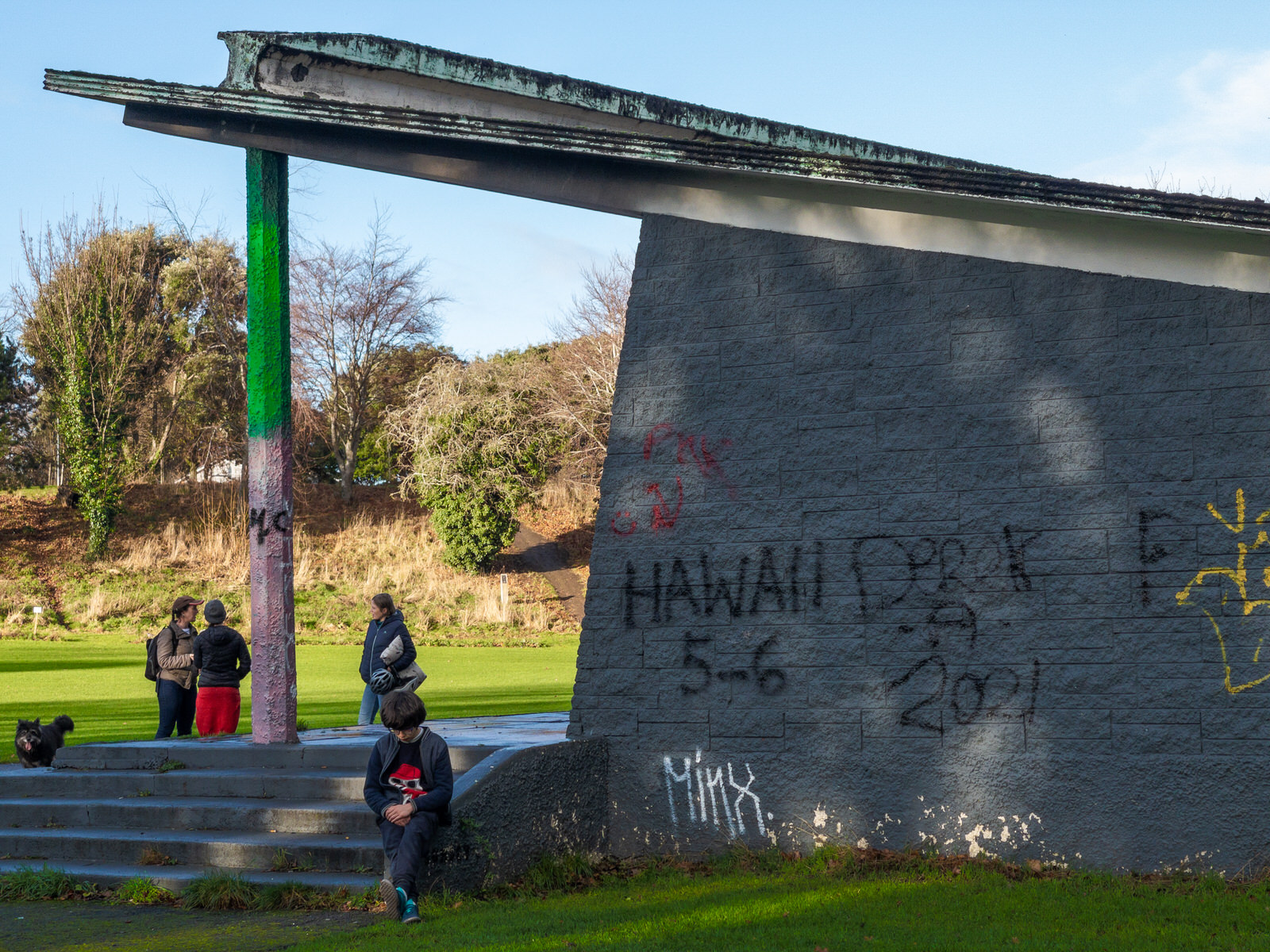PUBLIC PARKS AND GARDENSINCLUDING ALL TYPES OF PUBLIC SPACES
CHANCERY PUBLIC PARKTHE PARK IN THE PILL
THE PEOPLE'S PARK IN DUN LAOGHAIREPHOTOGRAPHED 3 AUGUST AND PUBLISHED IN DECEMBER 2022
ATTRACTIVE LITTLE PUBLIC PARKHAROLD'S CROSS 25 DECEMBER 2022
MURAL BY FIONNULA HALPINWHY FIT IN WHEN YOU CAN STANDOUT
MERRION SQUARE PARKI USED A SONY FX30 CAMERA
RANELAGH GARDENSA LITTLE KNOWN SMALL PUBLIC PARK CLOSE TO THE RANELAGH TRAM STOP
THE POND AND NEARBYSAINT ANNE'S PARK 15 AUGUST 2022
THE YEW CIRCLE IN ST ANNE'S PARK SAINT ANNE'S PARK 15 AUGUST 2022
RUSTIC GROTTOANOTHER FOLLY AT ST ANNE'S PARK 15 AUGUST 2022
OLD CLOCK TOWERSAINT ANNE'S PARK 15 AUGUST 2022
THE BOATHOUSE OR POMPEIIAN TEMPLE AT THE POND IN ST ANNE'S PARK 15 AUGUST 2022
ROCK CARVING AT SAINT ANNE'S PARK MAY BE A REPRESENTATION OF THE TARA BROOCH
ROSE GARDENSAINT ANNE'S PARK 15 AUGUST 2022
HERCULANEAN HOUSE OR ROMAN TEMPLESAINT ANNE'S PARK 15 AUGUST 2022
THE WOODED AREASSAINT ANNE'S PARK 15 AUGUST 2022
A SECTION OF THE DODDER LINEAR PARKDODDER VIEW ROAD AND SPRINGFIELD AVENUE 1 AUGUST 2022
BUSHY IS A NEW TALL SCULPTURE IN BUSHY PARK THE PLAQUE HAS BEEN VANDALISED
BLACKROCK PUBLIC PARKPHOTOGRAPHED 03 AUGUST 2022
Blackrock Park is a pleasant green area overlooking Dublin Bay, in Blackrock County Dublin, and boasts a well equipped children's playground, cycle path and trees.
VERONICA GUERIN 5 JULY 1959 - 26 JUNE 1996 MEMORIAL AT DUBLIN CASTLE
INTERESTING SHELTER IN PHOENIX PARK23 JUNE 2022
THE MARDYKE WALKCORK CITY MAY 2022
PAVILION OF LIGHT BANDSTANDFITZGERALD PARK MAY 2022
THE NEW MARINA PARKPHOTOGRAPHED IN MAY 2022
I PROMISED TO REVISITMY SECOND VISIT TO THE NEW PUBLIC PARK ON BRIDGEFOOT STREET
NEW PUBLIC PARK ON BRIDGEFOOT STREETOPENED 4 MAY 2022
CROPPIES ACRE 1798 MEMORIAL PARK10 MARCH 2022
In recent years Dublin City Council’s Parks and Landscape Services have carried out an extensive works programme to upgrade the park and make it public park more accessible for the citizens of Dublin and visitors to the city.
THIS MEMORIAL MARKS THE CROPPY'S ACRECROPPIES ACRE 1798 MEMORIAL PARK
The name ‘Croppy’ was used in Ireland in the 1790s and was a reference to rebels who closely cropped their hair to mimic the French Revolutionaries of the period who cut their hair in contrast to the aristocracy who wore powdered wigs.
Three hundred captives were put to death in the Smithfield area of Dublin and their bodies were suspended from the bridges along the River Liffey. They were then buried in the area now known as Croppy’s Acre in front of Collins Barracks, now a branch of the National Museum of Ireland.
There are two separate parks which may be related but in general tourist guides appear to be unaware of this fact to the extent that some claim that Anna Livia is located in the park beside the the Museum Luas Tram Stop.
The major park, the one normally associated with the museum tram stop, is officially the Croppies Acre 1798 Memorial Park while the smaller park featuring Anna Livia and a small pond is the Croppies Memorial Park. The distinction is/was important because the larger park has been closed to the public for extended periods.
For many years due to anti-social behaviour, mainly drugs related, the major memorial park was off-limits to the public. There was also problems with homeless people occupying parts of the park.
The good news is that the Croppies Acre 1798 Memorial Park, Wolfe Tone Quay, Dublin 7 is once again open to the public and, much to my surprise it is open 24 hours seven days a week.
NO PUBLIC ACCESSTHE FOUR MASTERS PARK
I have never been able to gain access to this park and I waited until I knew more about this park before publishing these photographs which date from the 16th. April 2021. I also had problems processing the photographs as there was excessive lens flare.
NIALL SWEENEY'S FOUNT OF SATURN 2021ROYAL HOSPITAL KILMAINHAM
Created by artist, designer and nightclub pioneer Niall Sweeney, Club Chroma Chlorologia is a newly commissioned series of site-specific works installed in the gardens and grounds of the 17th-century Royal Hospital Kilmainham, which combine to create unlikely interventions that you can encounter, discover and take part in every time you visit the formal garden.
On August 1 and 2 2021, Saturn was at opposition, meaning the Earth will be located between the ringed planet and the sun. This is when the outer planet is at its most luminous, making for a brilliant night sky view.
Sweeney is a graphic designer from Dublin who makes up one half of Pony Ltd. The studio team were, as their website states, “born from the big smoke of Dublin and the seven hills of Sheffield, this studio is a perfect example of pulling fragments from all directions until the last piece completes the jigsaw.” Pony Ltd are well known for their theatrical and minimalist posters for Panti Bliss.
DREAMSPHERE BY AOIFE DUNNEROYAL HOSPITAL KILMAINHAM
Hypnotically staged in the IMMA Courtyard, DREAMSPHERE – a site-specific installation devised by IMMA artist-in-residence Aoife Dunne – transports spectators to an immersive mindscape. Exploring the notion of consciousness as an exteriorised shared space in which to roam and reside, audiences are encircled by arresting sounds and screens. The ensuing visualisations, unfolding at a frenetic pace, send viewers on a surreal trip through the tumultuous mind; teasing future prospects of consciousness-sharing whilst exploiting technology to stretch the psychological parameters of human experience.
Dunne’s long-standing penchant for melding physical and digital disciplines is made manifest by the onscreen projections. From the material splendour of her costuming to the tactility of obscure found objects, a miscellany of palpable textures is transported to this virtual dimension, stoking visual-haptic sensations within the viewer. Heightening the multi-sensorial feel of Dunne’s dream realm, sonic idiosyncrasies soundtrack the performer’s fevered envisioning; furthering allusions to mental overwhelm and entrapment already sparked by the work’s enclosed structure.
DREAMSPHERE epitomises the multi-hyphenate nature of Dunne’s practice: the installation’s myriad features, unlimited to sculpture, sound, performance and film, were single handedly conceived by the artist, reflecting her tireless dexterity and flair for phantasmagoria.
Digital installation artist Aoife Dunne creates visually-arresting, immersive environments fusing sculpture, video, sound, performance, technology, and costume. Fuelled by a fascination with digital and material culture, Dunne’s idiosyncratic touch is laced with references to the surreal and hyper-real. Exploring an ethos rooted in post-pop and post-internet, Dunne’s work envelops audiences in abstract, detail-driven virtual and physical realms. Her multi dimensional approach to crafting large-scale, experiential work is informed by a diverse creative background steeped in dance, performance, fashion and musical composition. Bulldozing through the boundaries of what conventional exhibitions entail, Dunne reaps continent-crossing acclaim for her inimitable aesthetic and site-specific, colourfully chaotic work.
Aoife Dunne studied Fine Art Media at The National College of Art and Design and received her BFA in 2016. Since graduating, Dunne has held numerous exhibitions internationally, including The Museum of Contemporary Art Denver, The Royal Academy of Arts London, and upcoming solo shows in Puerto Rico, New York, London, Dublin, Paris, and Tokyo.
Artist website: aoifedunne.com Follow Aoife Dunne on Instagram: @efadone
FORMAL GARDENROYAL HOSPITAL KILMAINHAM
The Formal Garden was also know as the Masters Garden lies below the North Terrace on the Royal Hospital’s principal front and forms an important feature of the overall design. The hospital minutes of 1595 note “The gardens walls to be arranged so the garden may lie open to the north part…. for the greater grace of the house.”
Over the years, gardens, by their very nature, change and we know that the Royal Hospital Garden not only changed but was also periodically neglected. In restoring such early gardens one of the difficulties is in the inconclusive nature of historical evidence. The Minute Books of the Royal Hospital refer to planned works but it is not always clear that all the works were ever carried out or to which of the three gardens which once occupied the site they refer. Old maps indicate significant changes to the Formal Garden but there is no specific information of the original design.
In the early 1900’s when it was decided to restore the Garden the ‘ideal’ classical layout for a garden published by John Evelyn in 1664 was considered to be close to its original layout. The decision was made to use this ‘ideal’ plan as a basis for the first phase of the restoration. The more elaborate decorative form which the garden took at one stage was considered inappropriate and impractical to restore.
The basic layout having been established, the second phase of the restoration was initiated in the late 1980’s. To develop the gardens three dimensional features work began on the garden house, the walls, the paths, the structural planting of the hedges, topiary and pleached trees and, latterly, the fountain, entrance steps and terrace. The third and final phase developed the historical planting, including training structures for espalier trees along the walls, the planting of small trees and bulbs in the ‘wilderness’ quarters as well as statuary urns and garden furniture.
The intention in this restoration is to create features which represent 17th and 18th century Formal Garden design based on extensive research of the site and the interpretation of features of the time. In that sense it is important to understand that this is not an historical reconstruction but a restoration in the spirit of the late 17th and early 18th centuries.
The garden was restored to its present state by the Office of Public Works under the supervision of architect Elizabeth Morgan.
A FAKE FIR TREE AT ST ENDA'S PUBLIC PARK
As I walking in a Southside public park a "weird" tree immediately caught my attention.
Recently I came across the following comment which applied to the USA: "Over the past few decades, as cellphone networks have grown, thousands of antenna towers designed to look vaguely like trees have been built across the United States. Although these towers are intended to camouflage a tower's aesthetic impact on the landscape, they typically do the opposite: most look like what an alien from a treeless planet might create if told to imagine a tree."
A cell site, cell tower, or cellular base station is a cellular-enabled mobile device site where antennas and electronic communications equipment are placed—typically on a radio mast, tower, or other raised structure—to create a cell (or adjacent cells) in a cellular network. The raised structure typically supports antenna and one or more sets of transmitter/receivers transceivers, digital signal processors, control electronics, a GPS receiver for timing (for CDMA2000/IS-95 or GSM systems), primary and backup electrical power sources, and sheltering.
In Global System for Mobile Communications (GSM) networks, the correct term is Base Transceiver Station (BTS), and colloquial synonyms are "mobile phone mast" or "base station". Multiple cellular providers often save money by mounting their antennas on a common shared mast; since separate systems use different frequencies, antennas can be located close together without interfering with each other. Some provider companies operate multiple cellular networks and similarly use colocated base stations for two or more cellular networks, (CDMA2000 or GSM, for example).
Some cities require that cell sites be inconspicuous; they can be blended with the surrounding area or mounted on buildings or advertising towers. Preserved tree-scapes can often hide cell towers inside an artificial or preserved tree. These installations are generally referred to as concealed cell sites or stealth cell sites.
THE CROMLECH A FOLLY AT ST ENDA'S PUBLIC PARK
Follies come in all shapes and sizes and the Cromlech is no exception. Following an attack by vandals it had to be deconstructed in the late 1990s and for many years it looked like an unremarkable collection of stones on the ground. With the help of a drawings and photos, the Cromlech was restored to its original glory. Walking by the Cromlech at weekends children can be seen playing around it, posing for photographs and generally enjoying climbing on it.
A cromlech is a megalithic construction made of large stone blocks. The word applies to two different megalithic forms in English, the first being an altar tomb (frequently called a "dolmen"), as William Borlase first denoted in 1769. The second meaning of the name "cromlech" in English refers to large stone circles such as those found among the Carnac stones in Brittany, France.
Unlike in English, the word "cromlech" in many other languages (such as Azerbaijani, Armenian, French, Greek, Indonesian, Italian, and Spanish) exclusively denotes a megalithic stone circle, whereas the word "dolmen" is used to refer to the type of megalithic altar tomb sometimes indicated by the English "cromlech". Also, more recently in English, scholars such as Aubrey Burl use "cromlech" as a synonym for "megalithic stone circle".
THE HERMIT'S CAVELARGER THAN I HAD EXPECTED
The Hermit’s Cave is a much bigger construction than I expected. Described as a large walk in but ‘mind your head’ chamber with room for 4/5 adults standing. The remains of a castellated effect to the roof at the front was restored and stonework repaired.
A few weeks ago I visited St Enda's Park but I did not get the opportunity to visited all the follies located there. Today, 10 February 2022, I visited with the the intention of photographing all the follies that I could locate.
THE SUMMER HOUSEALSO KNOWN AS THE WATCH TOWER
The "Summer House" was Built to look like a small castle or tower, this building originally had a stairs which allowed visitors to go up on its roof and see the impressive views of Dublin city below.
A few weeks ago I visited St Enda's Park but I did not get the opportunity to visited all the follies located there. Today, 10 February 2022, I visited with the the intention of photographing all the follies that I could locate.
Built to look like a small castle or tower, this building originally had a stairs which allowed visitors to go up on its roof and see the impressive views of Dublin city below.
THE STAIR TOWERTHE FOLLIES OF ST. ENDA'S PARK
I have noticed that a few accounts refer, in error, to the Summerhouse as the Tower.
The folly by the Whitechurch stream is known as the Tower or the Temple. It is a decorative building with a practical purpose, an architectural device used to change levels from the lower path beside the pond to the upper path. Originally there was a third set of steps leading up to the rooftop viewing platform of the tower (now changed for safety reasons). During the renovation of the tower a lower/basement level was discovered that had contained a 19th pumping system which may have been used to pump water to the fountain in the nearby walled garden. From the far side of the stream there is a clear view of the different types of stone and the decorative way it is used on the building.
A Folly is a building constructed for, aesthetic pleasure, decoration on the landscape, entertainment, amusement and fun.
Throughout the late 18th and early 19th century follies were a fashionable addition to a garden or demesne. Major Doyne who was owner of the house in the 1860’s is said to have erected an obelisk in memory of the horse that carried him safely through battle in the Crimean war. Patrick Pearse moved his school, Scoil Éanna, to Rathfarnham in 1910 and seems to have been very taken with the idea of it being a ‘Hermitage’ and a retreat from the city, nestling in the foothills of the Dublin mountains.
The Hudsons actually went so far as to build a Hermit’s Cave, complete with mysterious arcane carvings and a secluded stone seat for contemplation. In June 1913 Pearse began a series of articles in the Irish Freedom newspaper which he entitled “From A Hermitage”. He began by saying “I have only two qualities in common with the real (or Imaginary) hermit who once lived (or did not live) in this place: I am poor and I am merry”. The articles were published monthly, with the final one appearing in January 1914. In them Pearse reflected on the current state of Ireland and what Irish people needed to do to obtain their freedom.
BUSHY PARK DUCK PONDJANUARY 2022
On a previous visit I was told that this is a "folly" but today I realised that is [was] a shell house. It would appear that it was decorated with shells inside rather than outside.
A shell is usually a small building, of distinctive shape, and decorated with sea shells. The degree of decoration can vary, from simple lines or features, to a full wall and ceiling covering. Time consuming to make, expensive now to maintain and restore, they are always going to be a rarity.
RATHFARNHAM CASTLETHE ACTUAL BUILDING
The earlier Irish castle was occupied by the Harold family, who held it as tenants of the le Bret family. It was replaced by the present building built on lands confiscated from the Eustace family of Baltinglass, to whom it had passed, because of their involvement in the Second Desmond Rebellion. The Geraldines defended the Pale from the Irish clans in the nearby Wicklow Mountains. It is believed the present castle was built around 1583 for Archbishop Adam Loftus. Originally a semi-fortified and battlemented structure it underwent extensive alterations in the 18th century.
The castle consisted of a square building four stories high with a projecting tower at each corner, the walls of which were an average of 5 feet (1.5 m) thick. On the ground level are two vaulted apartments divided by a wall nearly 10 feet (3.0 m) thick which rises to the full height of the castle. On a level with the entrance hall are the 18th century reception rooms and above this floor the former ballroom, later converted into a chapel.
Rathfarnham was described as a "waste village" when Loftus bought it. His new castle was not long built when in 1600 it had to withstand an attack by the Wicklow clans during the Nine Years' War.
The castle was sold to Delaware Properties in 1985 and it was feared that it was facing demolition. After immense public pressure to save the building, in 1987 it was purchased by the State and declared a National Monument. Currently the Office of Public Works is carrying out extensive refurbishment throughout the castle but it is still open to the public during the summer months (5 May - 12 October). The Castle is presented undergoing active conservation, where visitors can see at first hand tantalising glimpses of layers of its earlier existence uncovered during research.
ST PATRICK'S PUBLIC PARKADJACENT TO ST PATRICK'S CATHEDRAL
I visit this park on a regular basis and I really like but at times it can be a bit crowded.
Saint Patrick’s Park, located to the north of St.Patrick's cathedral, was opened by King Edward VII in July 1902. It is bounded by Patrick Street to the west, Bull Alley to the north and Bride Street to the east. It was laid out as part of the redevelopment of the area by the Guinness family in the late nineteenth and early twentieth centuries and provides an attractive setting for both Saint Patrick’s Cathedral and the Iveagh Play Centre. The landscaping was the work of Mr. Crasp of Chester and the construction work was undertaken by engineer Mr. Arthur Dudgeon. The geometric landscaping is enhanced by the two stone fountains on the park's principal axis and a modern sculpture of a steel bell by Vivienne Roche. A brick terrace was constructed to cope with the fall in ground level between Bride Street Patrick Street, the upper level of which was used as a bandstand while the lower level provided a sheltered seating area.
In 2015 a new Tearoom and Public Toilets were inserted into existing storage spaces behind the historic arches. All new interventions into the historic fabric are carried out in bespoke steelwork elements. A new terrace outside features a 5m long communal table set underneath a magnolia tree.
ST AUDOEN'SCHURCH AND PUBLIC PARK
St Audoen's Church is the church of the parish of Saint Audoen in the Church of Ireland, located south of the River Liffey at Cornmarket in Dublin, Ireland. This was close to the centre of the medieval city. The parish is in the Diocese of Dublin and Glendalough. St Audoen's is the oldest parish church in Dublin and still used as such. There is a Roman Catholic church of the same name adjacent to it.
Located beside the medieval St. Audoen's Church in High Street, this garden-like park incorporates the first stone city wall, dating from the c.1100 and St. Audoen’s Arch, the last surviving entrance to the old city.
St. Audoen’s Park, is widely recognised as an important open space which has the potential to play a key role in the city centre, providing improved access, permeability and enjoyment for locals and visitors.
The history of the site is richly layered. The park is located within the medieval City Walls, on the site of St. Audoen’s graveyard, and includes one of the original gates (St. Audoen’s Gate) and a section of the original City Walls. Layer upon layer of change is illustrated in historic maps, but the significance of the site and its spatial relationship with the surrounding urban fabric can still be sensed.
CABBAGE GARDENVIA LONG LANE CLOSE OFF LONG LANE
The Cabbage Garden is a former burial ground off Upper Kevin St. in Dublin's south inner city.
The ground was consecrated by James Margetson, Church of Ireland Archbishop of Armagh in 1668. It consisted of a plot of land which was set apart by the Dean and Chapter of St. Patrick's Cathedral in 1666 for the purposes of a cemetery for the inhabitants of St. Patrick's Close and of the parish of St. Nicholas Without, as their cemetery had become overcrowded. Later part of this plot was reserved for the burial of Huguenots, who worshipped in the Lady Chapel in the Cathedral.
The name of the plot can be traced back to the arrival of Oliver Cromwell in Dublin 1649, who planted cabbages on this spot to feed his soldiers.
The burial ground was closed in 1878 to all but 14 families. The last interment took place in 1896 and the cemetery closed early in the 20th century. Towards the end of the century part of the ground was converted into a public park while the rest was covered by public housing constructed by Dublin Corporation at the junction of Cathedral Lane and Upper Kevin St., which opened in 1982. The park can be reached by way of Cathedral Lane (until 1792 called Cabbage Garden Lane).
OLD CHURCH AND GRAVEYARDST KEVIN'S
In 1963, the Minister for Education signed a contract for a new building for the College of Technology at Kevin Street. The project was completed in 1968, with Hooper & Mayne as the architects. It was described as an International Style building, with the administration and entrance block to Kevin Street capped by a wavy canopy on the fourth floor.
The Kevin Street College site was sold in April 2019 for €140 million: https://www.irishtimes.com/culture/art-and-design/frank-mcdonald-what-s-not-to-like-about-dublin-s-new-kevin-st-development-quite-a-lot-1.4321803
There was a St. Kevin's Church in what is now St. Kevin's Park, Camden Row, Dublin, Ireland at least as far as the 13th century. After the Reformation, it became an Anglican Church. The original church was replaced around 1750 by a new one, closed in 1912 and now in ruins. Both churches were dedicated to Kevin of Glendalough. There is also a Catholic St. Kevin's Church a short distance away on Harrington Street.
During the 17th and 18th centuries many notable people resident in the suburbs south of the city were interred here. After the Reformation, although a Protestant cemetery, it had come by custom to be used by Catholics and the Quakers.
People buried here include:
Rev John Austin S.J. (1717–1784), a pioneer of Catholic education in Ireland, whose tomb was restored by Rev. Dr. John T. Laphen, of St. Catherines, Meath St.
Jean Jasper Joly (1740–9 November 1823), captain of the Irish Volunteers in 1798.
John Keogh (1740–1817), intimate friend of Theobald Wolfe Tone, who once owned the land where Mount Jerome Cemetery now stands.
Hugh Leeson, brewer, whose gravestone lies against the south wall of the church and whose family gave its name to Leeson Street and became Earls of Milltown and owners of Russborough House, county Wicklow.
The Moore Family (of Thomas Moore).
In 1825 John D'Arcy, owner of Anchor Breweries, the second largest porter company in Dublin at the time, was to be buried in St. Kevin's cemetery, having died suddenly after falling from his horse. When his funeral procession from Francis St. reached St. Kevin's cemetery the sexton, under the authority of the Protestant Archbishop of Dublin, Dr. Magee, met it at the gate and forbade Catholic prayers being recited at the grave-side; they had to be said on the roadway. The mourners retreated peacefully, but a huge outcry erupted as soon as the facts became known, which reached the ears of the Lord Lieutenant, The Marquess Wellesley (brother of the Duke of Wellington, and himself married to a Catholic). He expressed disapproval of Dr. Magee's order, and despite much opposition (cemeteries were a valuable source of income to their owners) tried to alleviate Catholic grievances. Daniel O'Connell used the scandal provoked by this to such effect that he was able to get through the legislation in establishing Golden Bridge (1829) and Prospect (1831) cemeteries, which led to the establishment of Glasnevin Cemetery.
At the start of the 19th century the cemetery, like many others in Dublin, became a target of the body-snatchers, although it was surrounded by high walls (changed to railings in the 1960s). In February 1830 a Frenchman named Nagles and his friend were attacked by a group of "sack-em-ups" lying in wait near the cemetery. The criminals' attention was diverted by the arrival of a cart-load of dead bodies, giving Nagles the opportunity to escape and notify the police at Arran Quay, who apprehended the culprits. On one occasion a body-snatcher was chased as far as Thomas Street, where he finally dropped his booty—the body of a young girl.
In June 1961 the body of a local five-year-old boy Tommy Powell from Cuffe Street was found in the graveyard. Blood-stained stones found nearby indicated that he had been murdered, but despite an intensive investigation, the murderer was never discovered.
BUSHY PARKTHE OLD BANDSTAND
Towards the east of the park, not far from the duck pond, there is a bandstand. It’s fan-shaped in plan and opens out at the base of a slope, like a natural amphitheatre set into the landscape.
Back in 2019 the structure was transformed by street artists but it looks a bit worn and sad when I visited on the morning after Christmas [2021]. Recently I came across the following online review "This defunct bandstand is the stage in the park's natural amphitheatre. In recent years it has unfortunately become a haven for drug addicts and alcoholics from nearby Crumlin and Mount Tallant."
Dublin City Council Community, Culture, Recreation and Economic Services has commissioned Howley Hayes Architects to develop a design for a contemporary tearoom with careful consideration of placement, scale, materials and proportions and its relationship within Bushy Park, the proposed Dodder Cycle way and the wider Terenure/Rathfarnham/Rathgar areas. In addition, the development of a design for the currently redundant bandstand.
Bushy Park covers a 20.5 hectare (51 acre) site that lies approx. 7km (4.3 miles) south-west of Dublin city centre. Owned and operated by Dublin City Council, it is located in Terenure and borders the neighbouring suburbs of Rathfarnham and Templeogue. Irregularly shaped, it lies between Templeogue Road, Springfield Road, Dodder View Road, Rathfarnham Road and Rathdown Park / Avenue. The River Dodder flows along the park’s boundary from west to east, with its southern bank forming part of the Dodder Valley Linear Park which stretches discontinuously from Glenasmole in the Dublin Mountains to Ringsend, where the Dodder flows into the River Liffey.
STEPPING STONESBUSHY PARK
These stepping stones are frequently used by pedestrians from Rathfarnham and Churchtown to access Bushy Park in Terenure. However, if the water level is high the route becomes unusable but there is now a new footbridge nearby.
Stepping stones or stepstones are sets of stones arranged to form a simple bridge or causeway that allows a pedestrian to cross a natural watercourse, such as a river; or a water feature in a garden where water is allowed to flow between stone steps. Unlike other bridges, they have no spans. Although their origin is unknown, stepping stones, along with log bridges, are likely to have been one of the earliest forms of crossing inland bodies of water devised by humans.
In traditional Japanese gardens, the term "iso-watari" refers to stepping stone pathways that lead across shallow parts of a pond. Using iso-watari for crossing ponds, or shallow parts of streams, one can view the fish and plants around or in the pond, like carp, turtles, and waterfowls. It works like a bridge, in a slower way of crossing.
Commercial DisclosurePLEASE NOTE THAT LINKS BELOW MAY REDIRECT YOU TO THE AMAZON LOCATION MOST LIKELY TO SHIP TO YOUR ADDRESS
You will find links to buy products from Amazon, Google and other partners. If you click on these links, you’ll find that the URL includes a small extra piece of text which identifies that the click came from my websites. This text is an affiliate code, and it means that I get a small percentage of the money you spend if you choose to buy that product, or, in some cases, other products from the site soon after. These affiliate links help pay the costs of producing my websites and ensure that the content is free to you.

Zeiss Batis 85mm f/1.8 Lens for Sony E Mount, Black
I HAVE THIS AND THE 135mm LENS
VERSATILE FULL-FRAME LENS: The powerful lens for the mirrorless full-frame system of Sony fulfills the highest requirements. Despite its compact design, the image meets the expectations of professional photographers. EXCELLENT RESOLUTION AND HIGH CONTRAST: Richly saturated and vivid colours are a must in the creation of lasting impressions. However, stray light within an optical system leads to a lightening of the image that is particularly noticeable in the shadows. This reduces image contrast, with the result that exposures lack contrast and appear faded. To avoid this, ZEISS combines various specially developed technologies to reduce the undesirable effects of stray light. ROBUST AND WEATHERPROOF METAL CONSTRUCTION: Thanks to features that are designed to keep out dust and spray water, the lens is perfectly suited for critical outdoor conditions. It is also designed for many years of intensive use. SMOOTH AND RELIABLE AUTOFOCUS: The design of the autofocus system requires an extremely accurate shifting of particular lens groups. The focusing system of ZEISS lenses is designed to ensure a robust and smooth-running autofocus mechanism with the best imaging performance.
YOU SHOULD ALSO CONSIDER THE 25mm LENS
